Best Eurorack modules 2026: essential oscillators, filters, utilities, effects and more
Whether you’re designing your first system or expanding a modular rig, these are the must-have modules right now
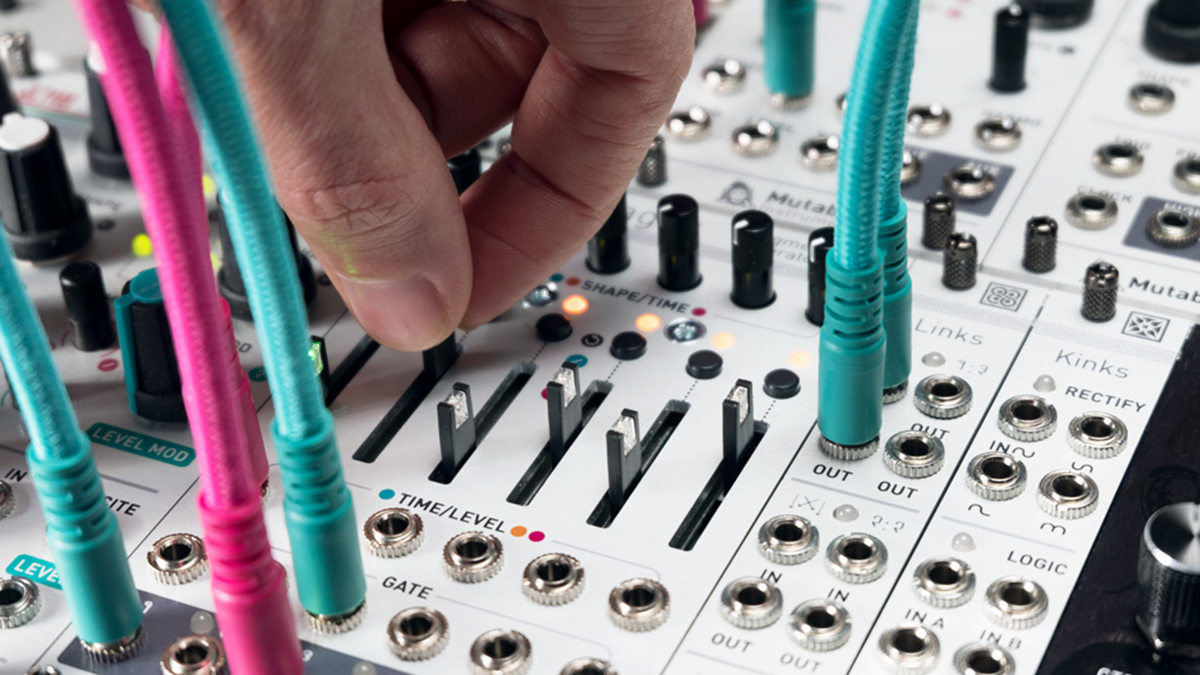
The ever-changing world of Eurorack modular is not for the faint of heart. Even a more seasoned user can be blinded by the constant barrage of new releases. And with so many variations on the same basic module types, who can blame them for not knowing which are, in fact, the best Eurorack modules?
Modular synthesis has been around for over 40 years, but the rise of the Eurorack format over the past couple of decades has brought it into the mainstream.
It’s not hard to see why modular synthesis is so popular - the possibilities it offers are virtually limitless. A modular system can be everything from a classic analogue synth to a versatile effects processor or elaborate self-generating sequencing setup. The problem with those expansive possibilities though, is that it can be hard to know where to begin or what to pick up next.
In this guide, we hope to give you the right buying advice when choosing the best modules for the job, whether you are just starting out, or looking to expand an existing system. Our list of the best Eururoack modules is a blend of old classics and new pretenders. The focus here is on flexibility: modules that can fulfil several roles in a system or that really cover all the bases of a given module type.
Crucially, however, this shouldn't be at the expense of ergonomics and playability. Hardware is all about getting hands-on with your equipment and having fun with your music.
Know your module types
Unsure what types of modules you need for your system? Get up to speed with our guides to the key elements of a Eurorack system.
- How to design your perfect modular system: oscillators
- How to design your perfect modular system: filters
- How to design your perfect modular system: sequencers
- How to design your perfect modular system: effects
- How to design your perfect modular system: LFOs and modulators
- How to design your perfect modular system: utilities
Best Eurorack modules: Product guide
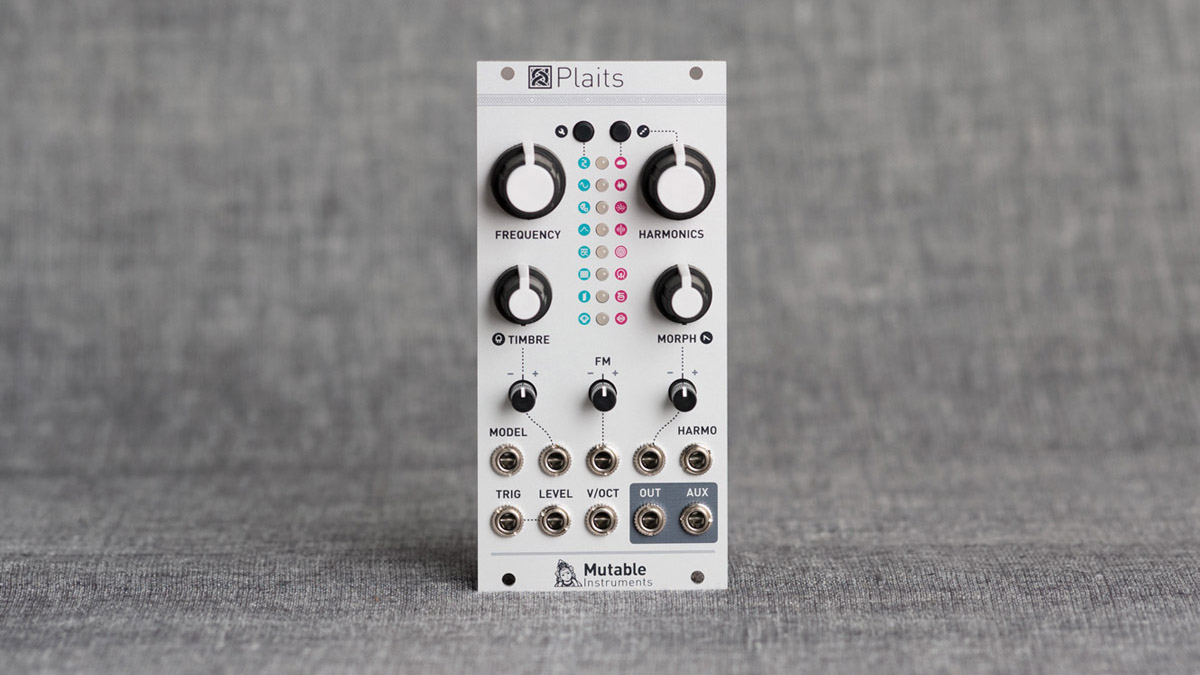
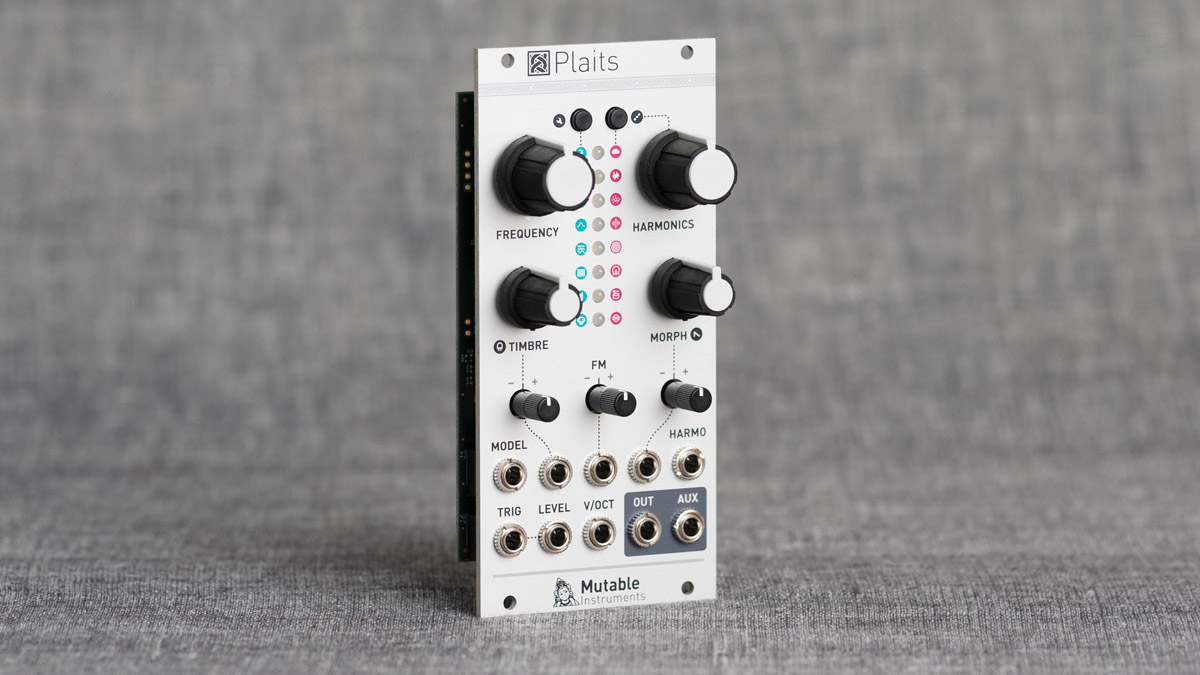
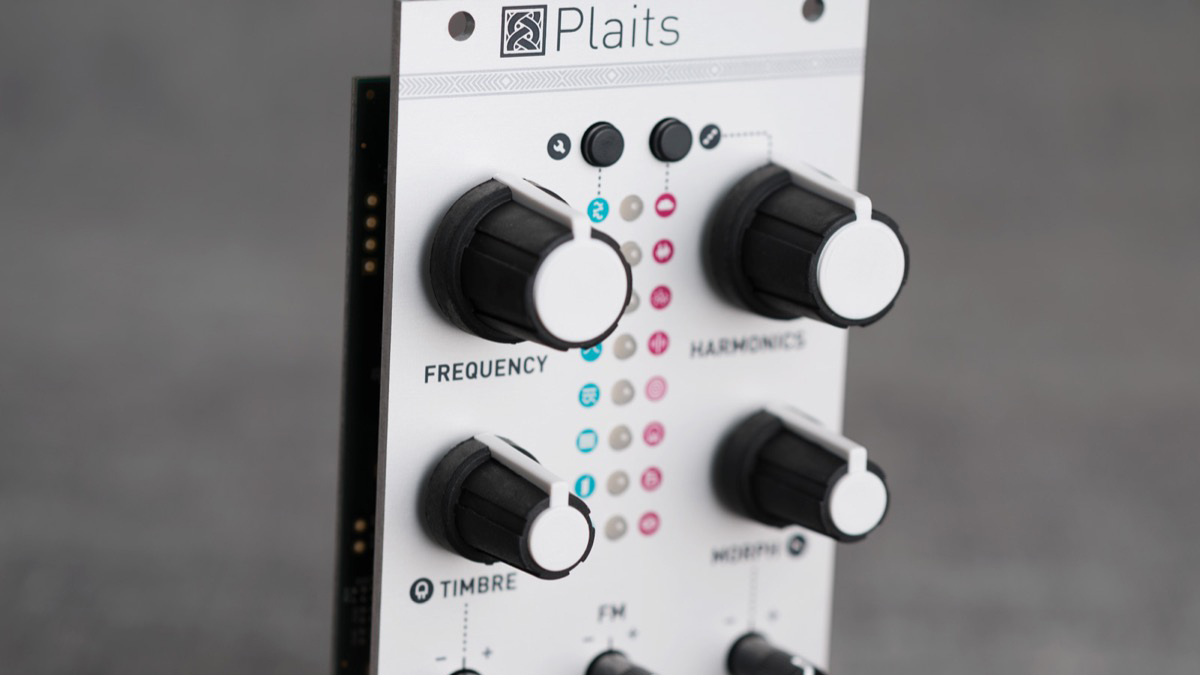
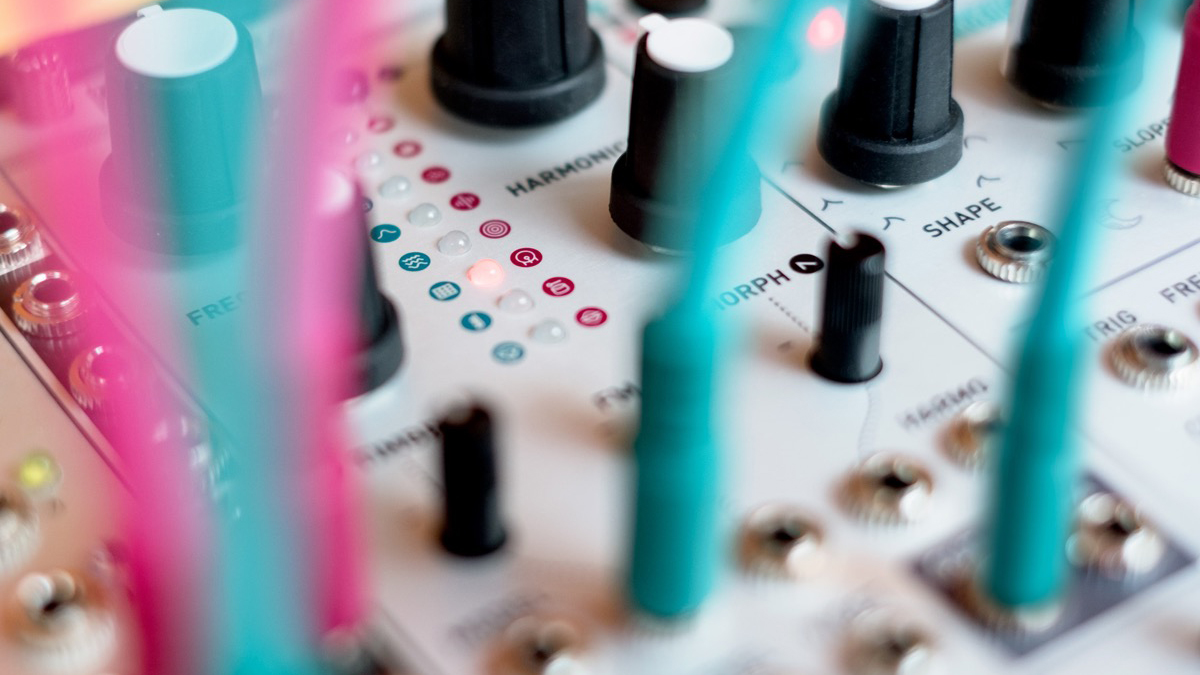
Specifications
Reasons to buy
Reasons to avoid
With their successor to the mighty Braids, Mutable Instruments has re-designed both hardware and software, simplifying the interface to make Plaits more streamlined and playable. The eight synthesis models for pitched sounds offer plenty of variety: all killer no filler! A digitally modelled low-pass gate can be used to shape not just the audio output but also internal modulation of two timbre controls and FM giving you a full synth voice in only 12HP. The other eight models for noise and percussion make this a versatile sound source that will always have a place as your system grows.
Read the full Mutable Instruments Plaits review
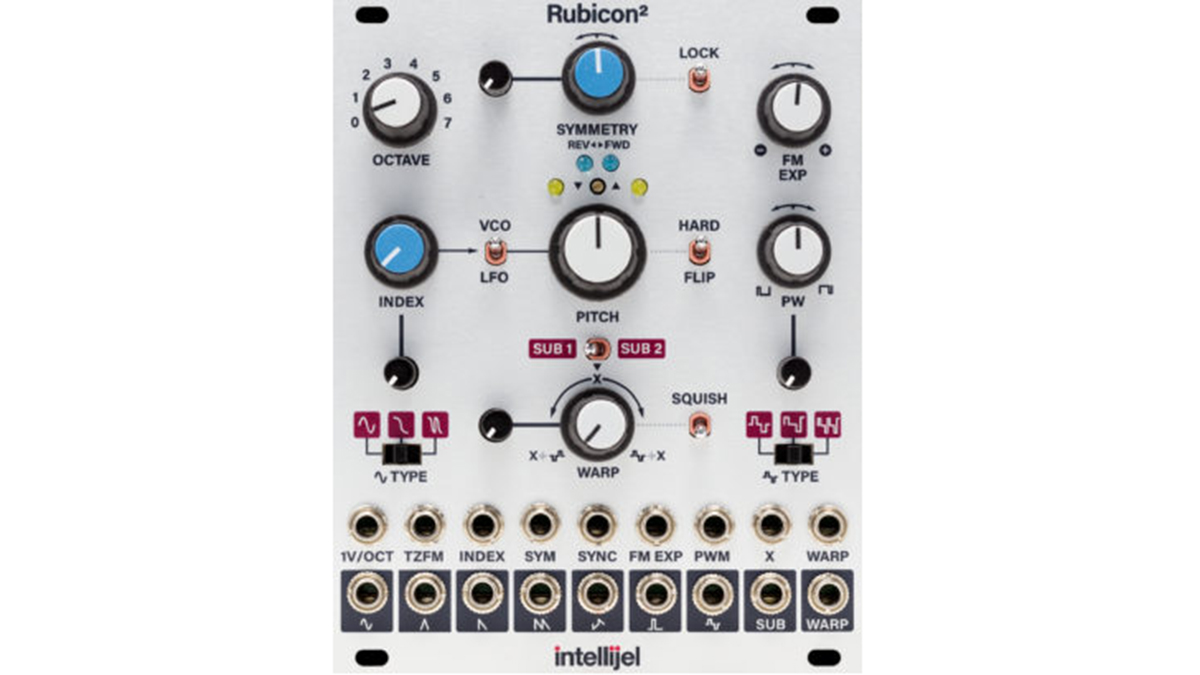
2. Intellijel Rubicon2
Our expert review:
Specifications
Reasons to buy
Reasons to avoid
The Rubicon2 from Intellijel builds on it's predecessors prowess to offer probably the most versatile analogue oscillator currently on the market. With nine separate waveform outputs, tuning via an 8-octave switch, hard or flip sync options, wave-folding via the unique Warp circuit and a limiter in case the signal gets too hot. Crucially the thru-zero FM now features a lock switch providing pitch compensation, meaning no change in pitch or tracking accuracy even with the fiercest modulation. This is an analogue oscillator that can really compete with the flexibility of digital.
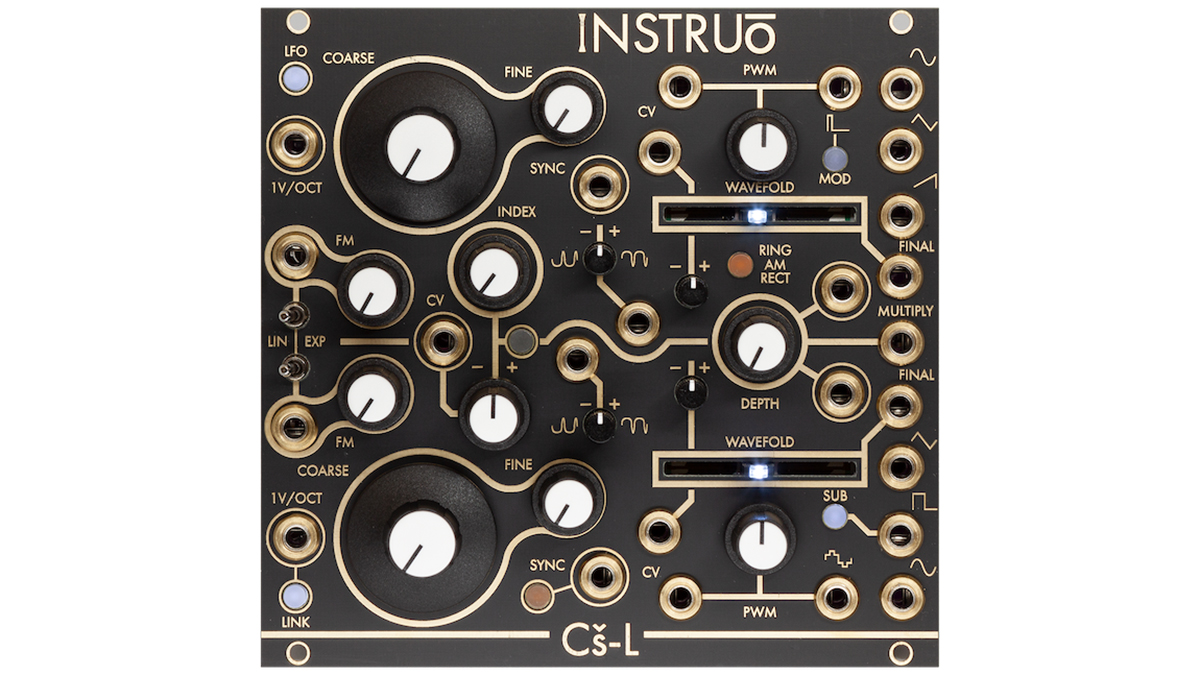
Specifications
Reasons to buy
Reasons to avoid
The Cš-L from Instruo builds on the classic Complex Dual Oscillator concept that has its origin in the 261e Buchla module of the '70s and recent iterations like the Make Noise DPO. What sets the Cš-L apart is the internal routing and modulation bus which presents a host of synthesis options before you even plug in a cable. The bottom oscillator is a Triangle core, the top oscillator a more aggressive Saw core that can also run at LFO speeds. Unlike most Complex Oscillators either can act as Modulator or Primary. Once you start self patching the range of tones you can tease out of this module is huge.
Read the full Instruo Cš-L review
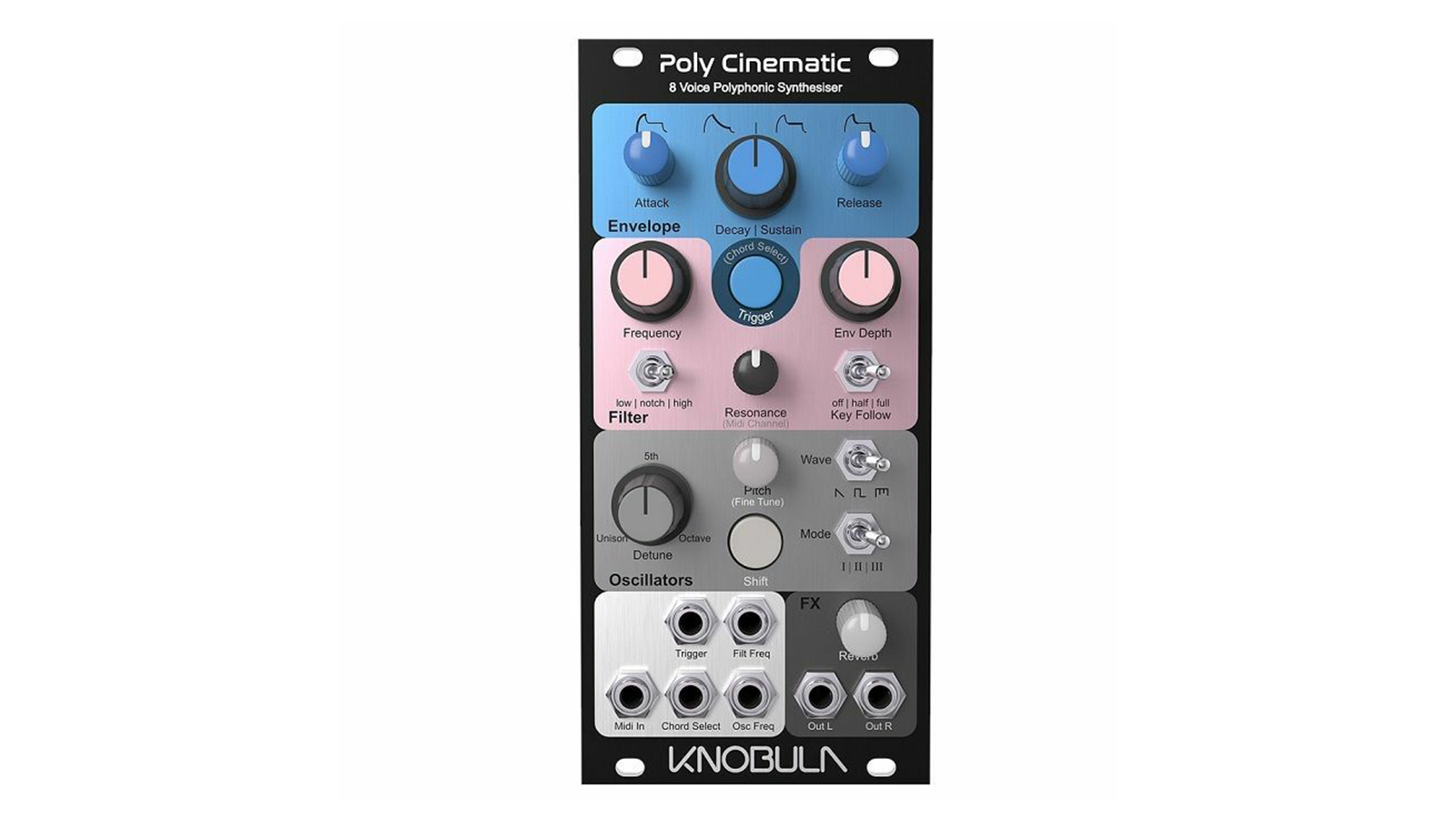
Specifications
Reasons to buy
Reasons to avoid
Polyphony - the ability to play multiple notes at once - is something of a rarity in the modular world. Because of the routing nature of Eurorack, most voices and patches tend to be monophonic, and if you want to create chords of harmonies you effectively need to create several stacked synth routings. Cinematic bucks this trend. It’s an 8-voice polysynth in a small module, that includes a filter, a lush sounding reverb and waveshapes that include a rarely seen organ. This is a perfect pad machine but can do so much more, and is a great way to play chords easily in Eurorack.
Read the full Knobular Poly Cinematic review
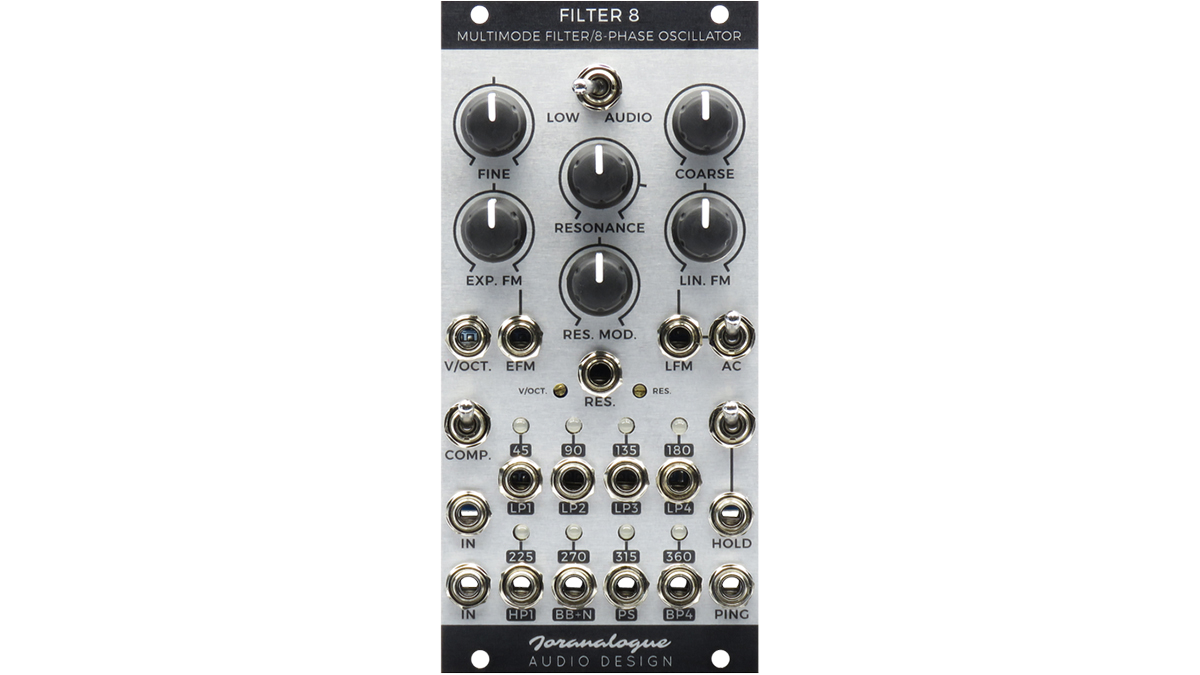
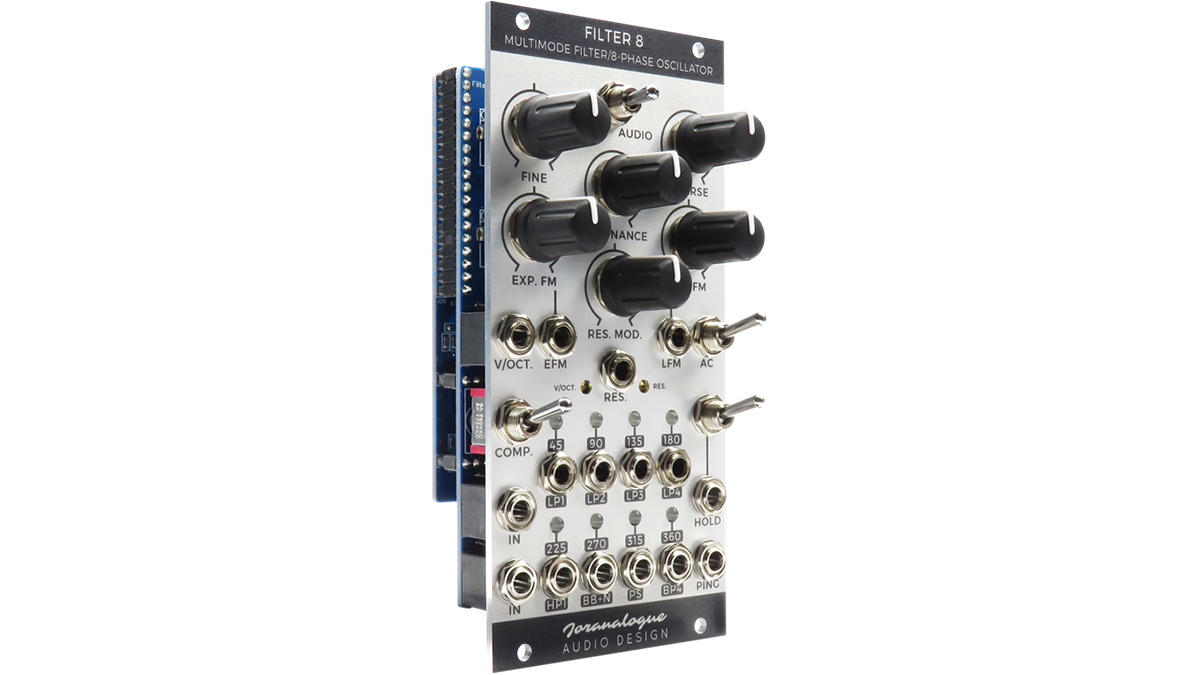
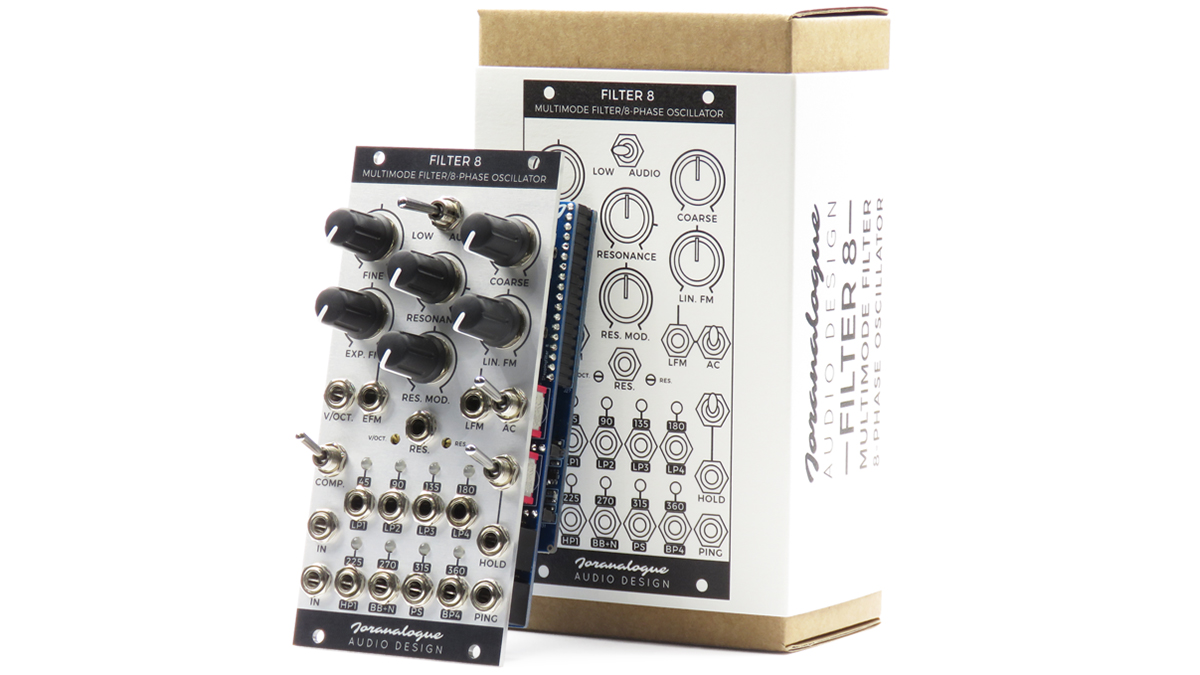
5. Joranalogue Filter 8
Our expert review:
Specifications
Reasons to buy
Reasons to avoid
Joranalogue proclaim the Filter 8 as the 'cutting edge in modular VCF design'. Based on the 'classic' OTA 4 pole cascaded low pass topology it emerges with a sound all its own. The Filter8 features four separate low pass outputs with differing filter slopes plus high pass, bandpass & notch, phase shift, and standard bandpass for a real variety of filter flavours. Filter8's unique resonant feedback circuit enables you to push the resonance hard without the loss of bass frequencies. Furthermore when set to self-oscillate the module will function as an eight phase sine wave VCO with tracking over 5 octaves, and in low frequency mode as an eight output slew modifier or an eight phase LFO.
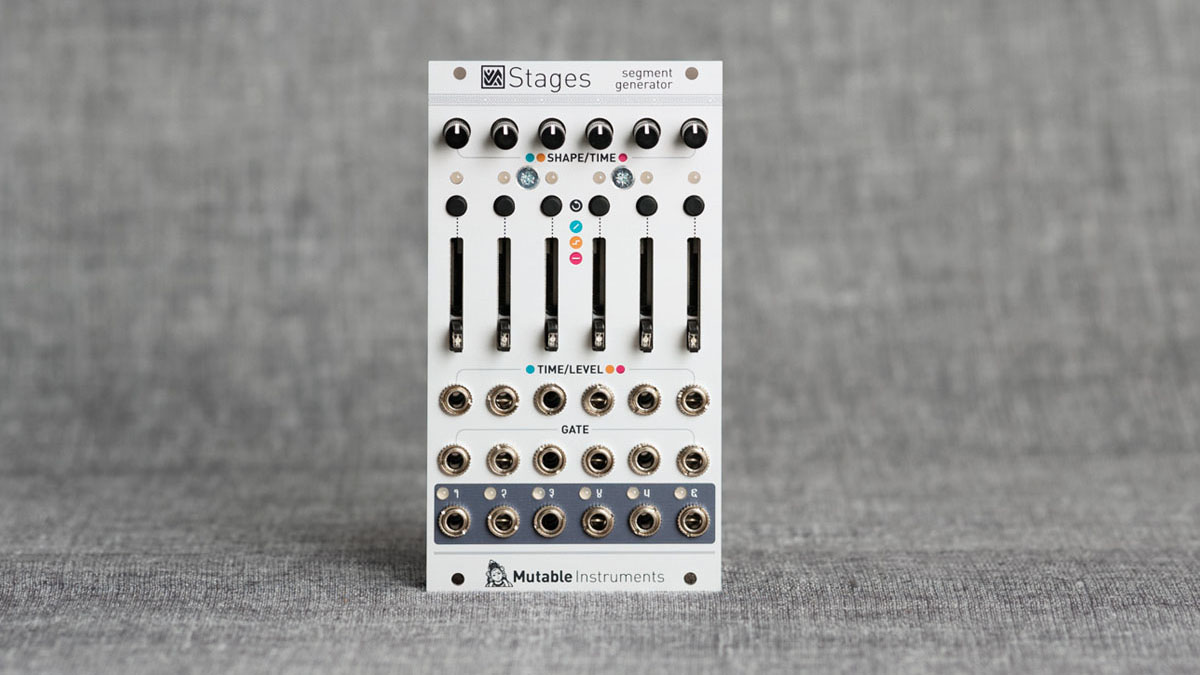
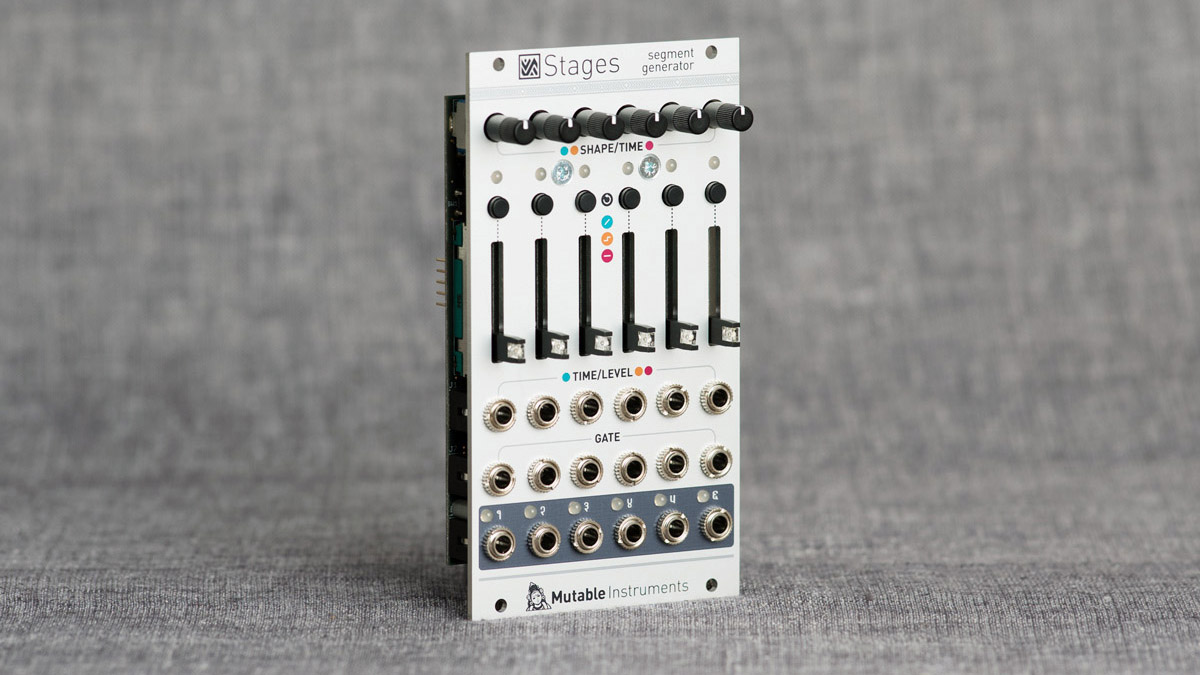
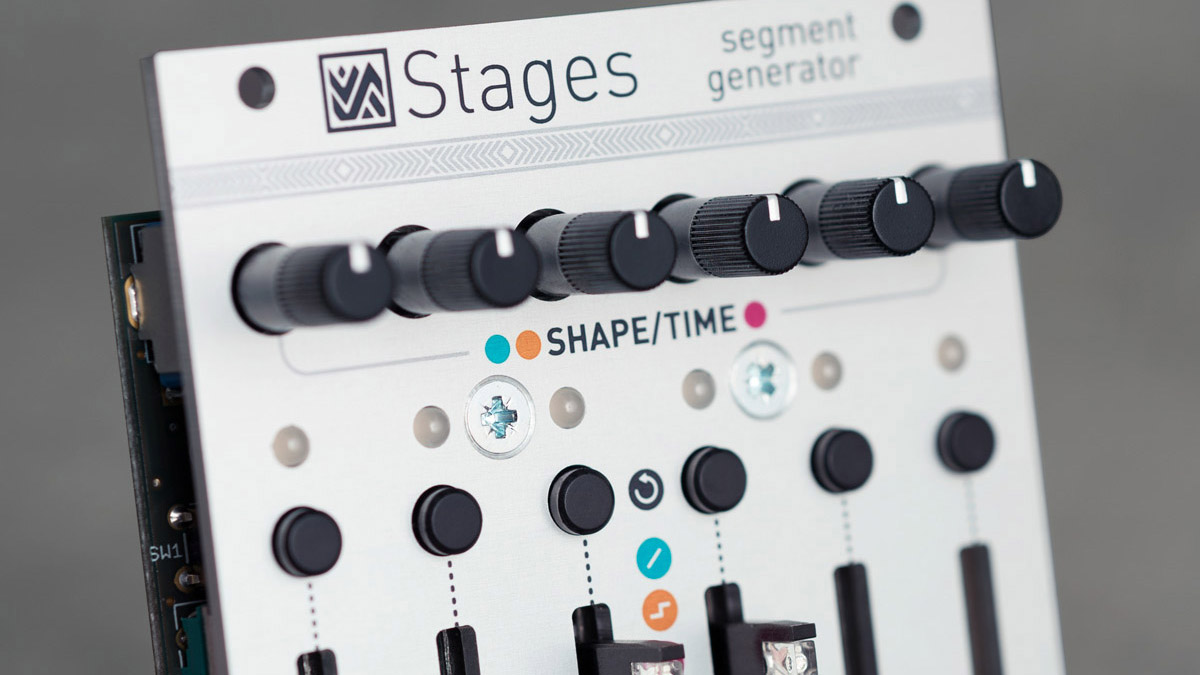

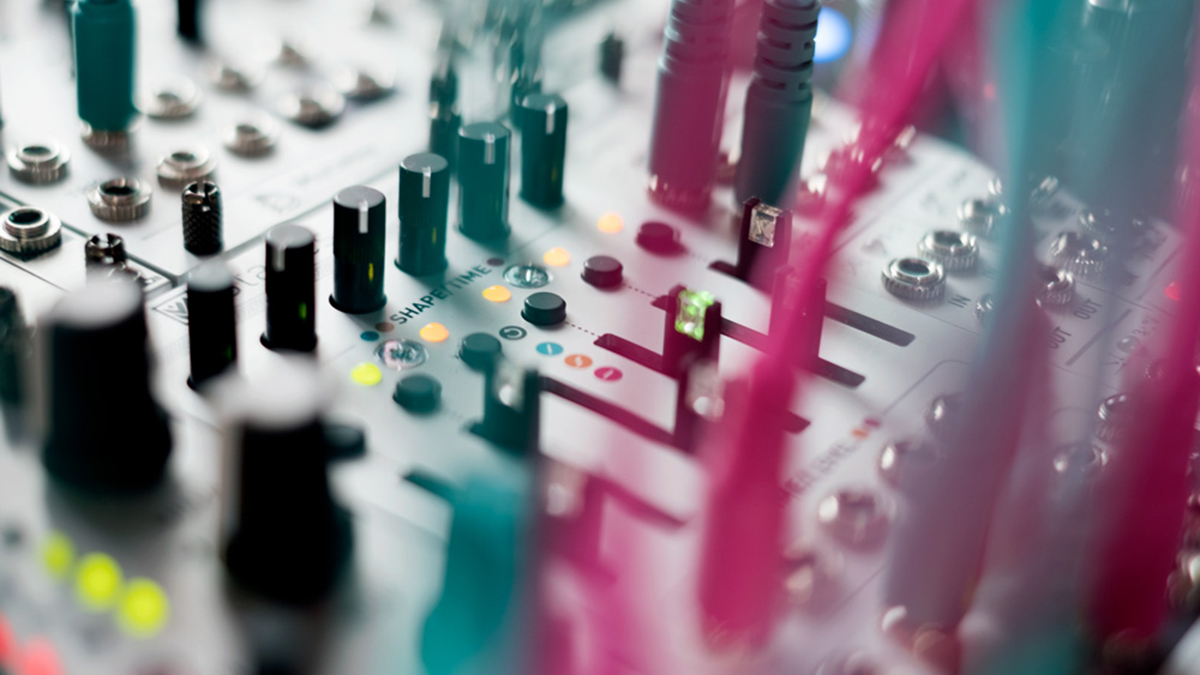
6. Mutable Instruments Stages
Our expert review:
Specifications
Reasons to buy
Reasons to avoid
MI's Stages is an extremely flexible six stage envelope generator, with CV control over each section. What's more those six stages can be broken down into six separate release envelopes, or anything in between. Going even further each stage can loop to create six sync-able LFOs or even a six step pitch sequencer. A looping stage can also be used as a clock multiplier/divider or a square wave sub-oscillator for your VCO. Extremely versatile yet straight forward in operation, there's always going to be a use for this module in your patch.
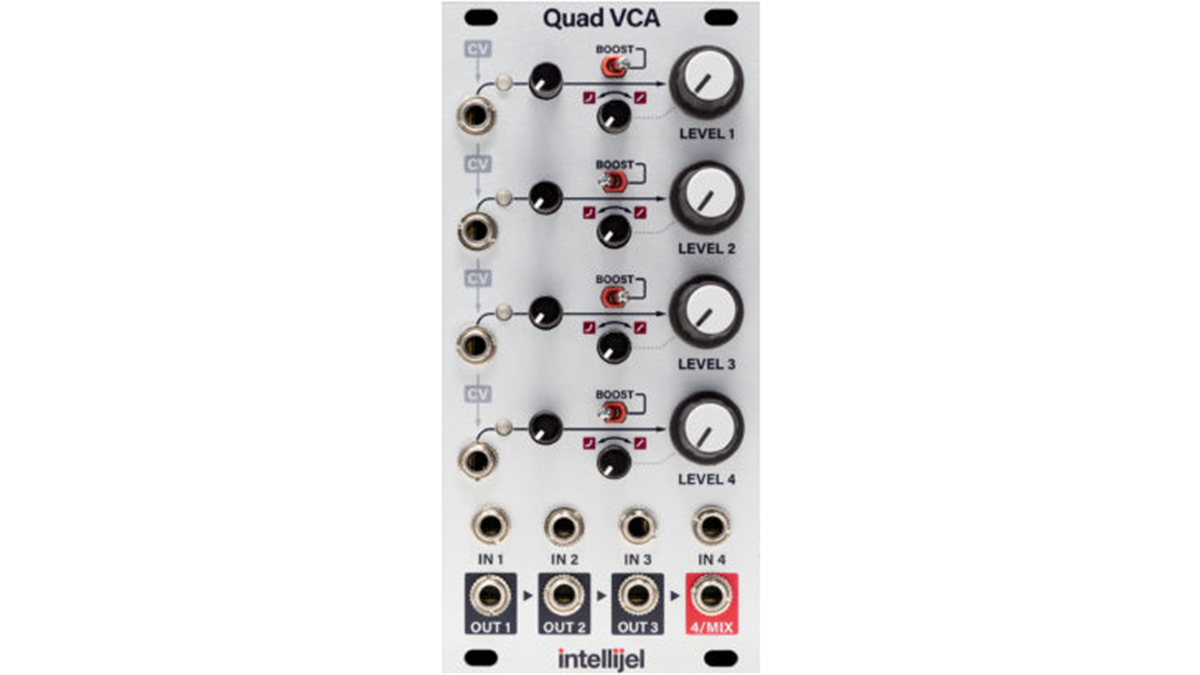
7. Intellijel Quad VCA
Our expert review:
Specifications
Reasons to buy
Reasons to avoid
The saying in Eurorack is that you can never have enough VCAs. With Intellijel's Quad you get four fully featured VCAs in one module, giving you plenty of potential beyond simply shaping the final output level of your patch. Each VCA has adjustable level control and a mix knob for linear/exponential response. Both the CV inputs and the VCA outputs are cascaded, enabling you to use adjacent sets for sub mixes or the whole module as a four channel mixer. There is also a boost switch to amplify weak signals by +6db, and the inputs distort nicely when pushed hard if you want to add a bit of bite to your sound.
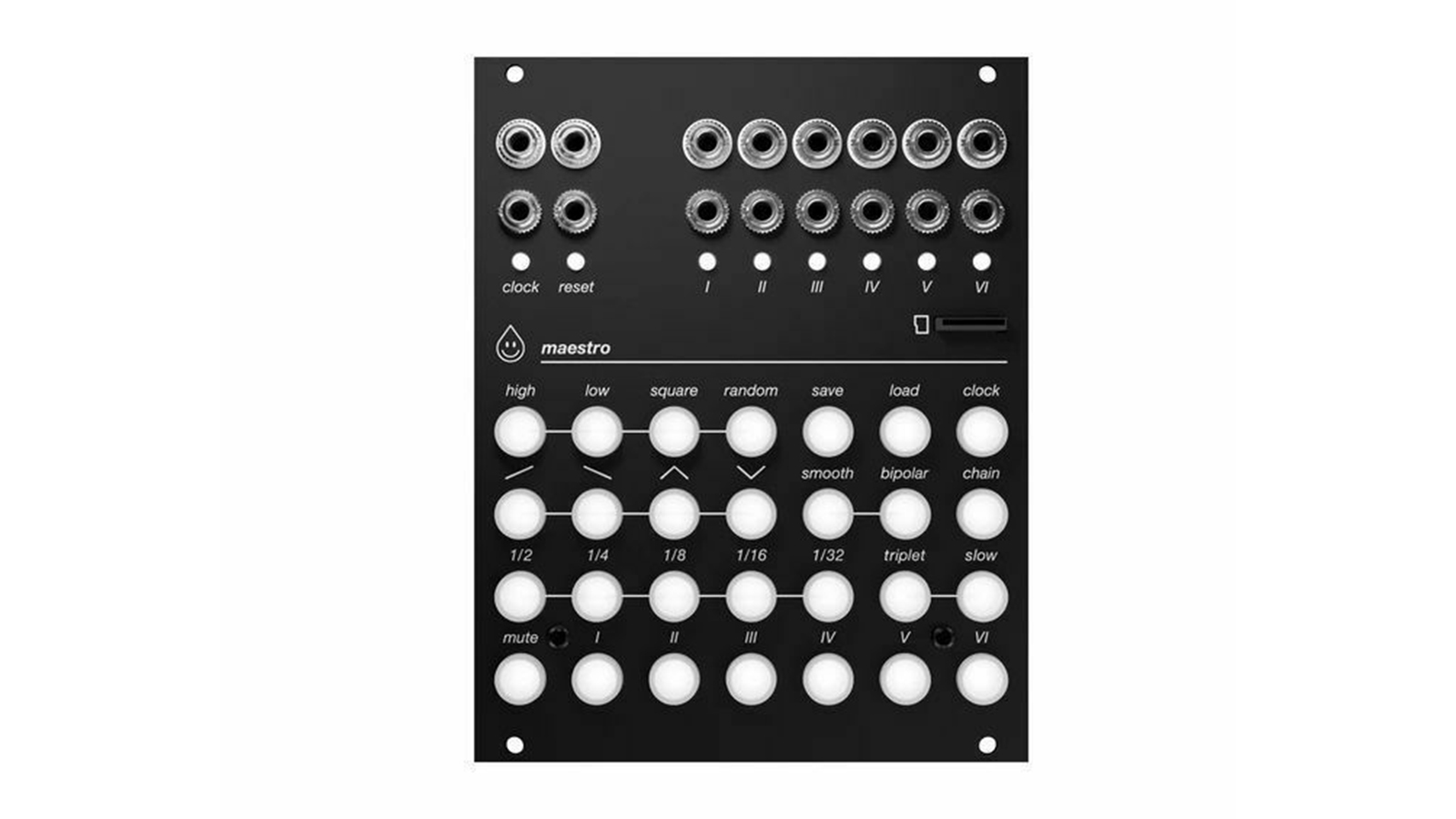
8. Acid Rain Technology Maestro
Our expert review:
Specifications
Reasons to buy
Reasons to avoid
To describe Maestro as an ‘LFO’ is perhaps underselling it a little. This is a powerful automation sequencer that features multiple waveforms. These can be used like a standard repeating LFO, but they can also be used to create chains with changing shapes and rates, creating longer automation passages that Acid Rain describe as being similar to a DAW’s automation lane. It all syncs with your rig very easily too. What’s more, Maestro has some neat features for live performance, such as the ability to easily trigger and switch between patterns, as well as a clock system specifically designed to keep multiple waves in sync.
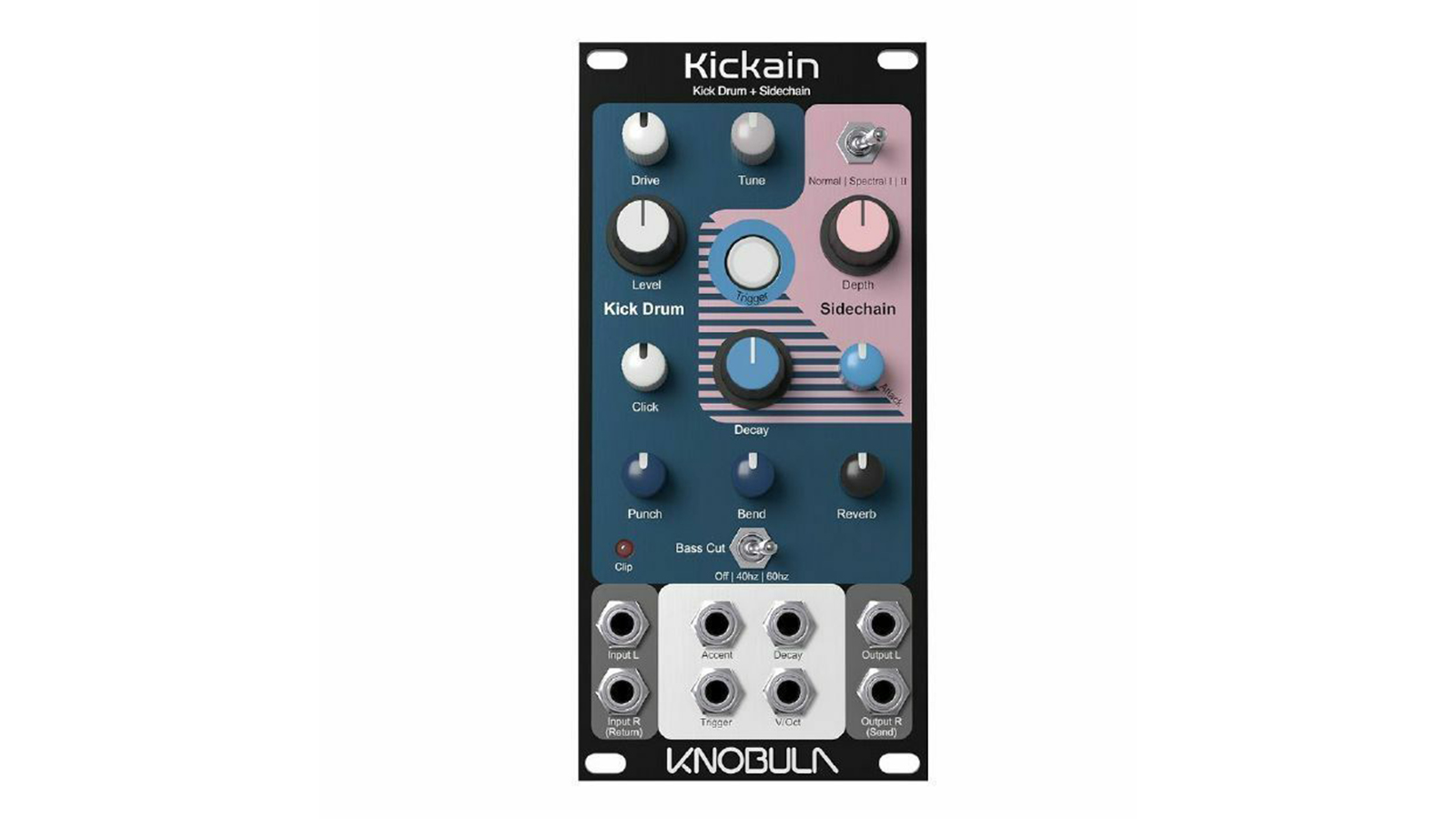
9. Knobular Kickain
Our expert review:
Specifications
Reasons to buy
Reasons to avoid
The brilliantly named Knobular Kickain combines kick drum generation and sidechained compression into a module capable of acting as the rhythmic pulse of your system. The kick side of things is a classic analogue generator, reminiscent of a 909, with controls for tuning and an adjustable transient level. The sidechain compression, meanwhile, is no slouch. Kickain can do standard pumping, but also features two spectral compression modes that can shape the EQ on an incoming signal around the triggered kick. There’s even a nice little room reverb included to polish the sound off. Not bad for such a compact module!
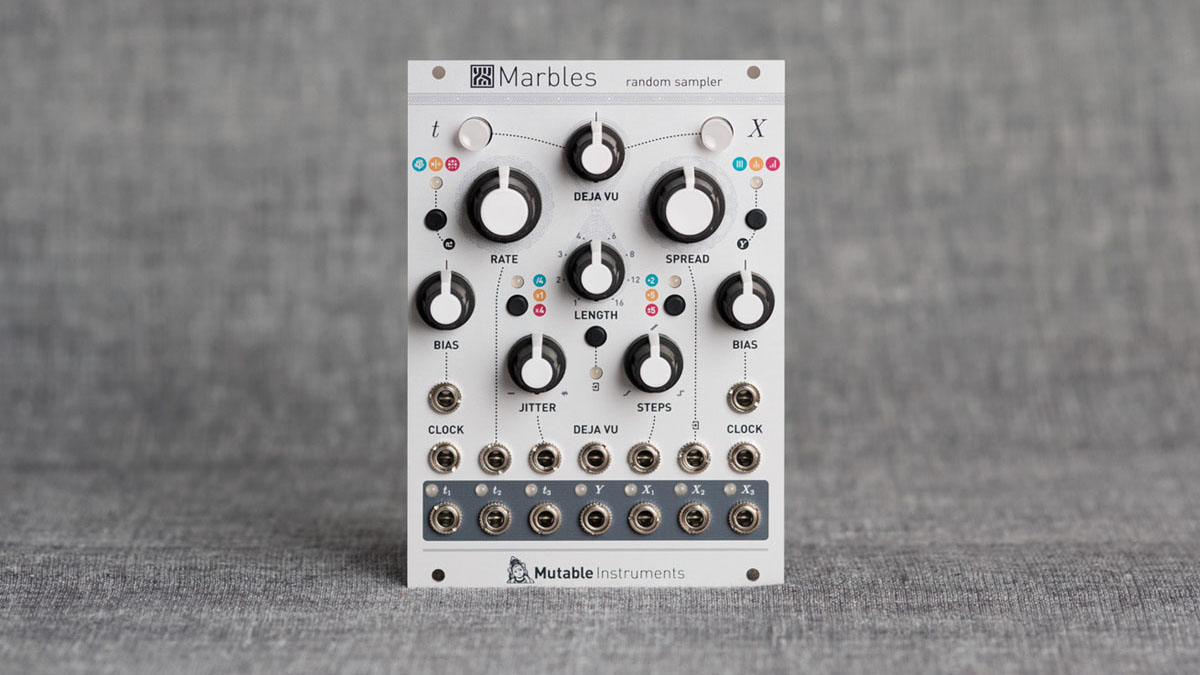
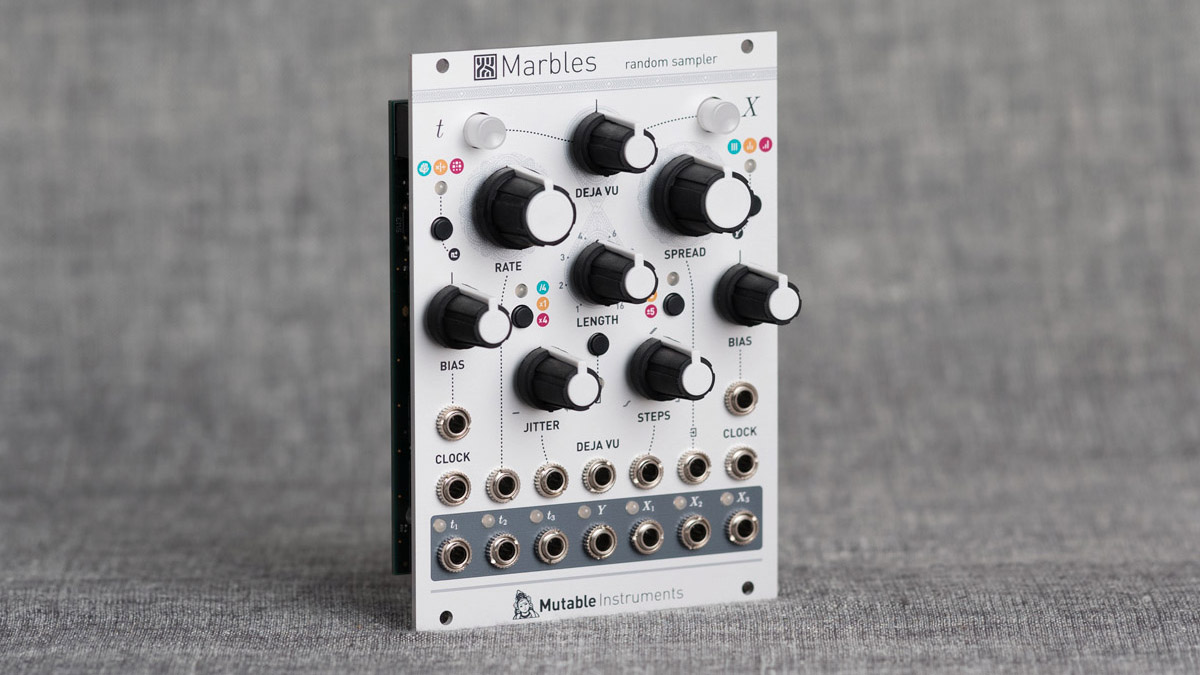
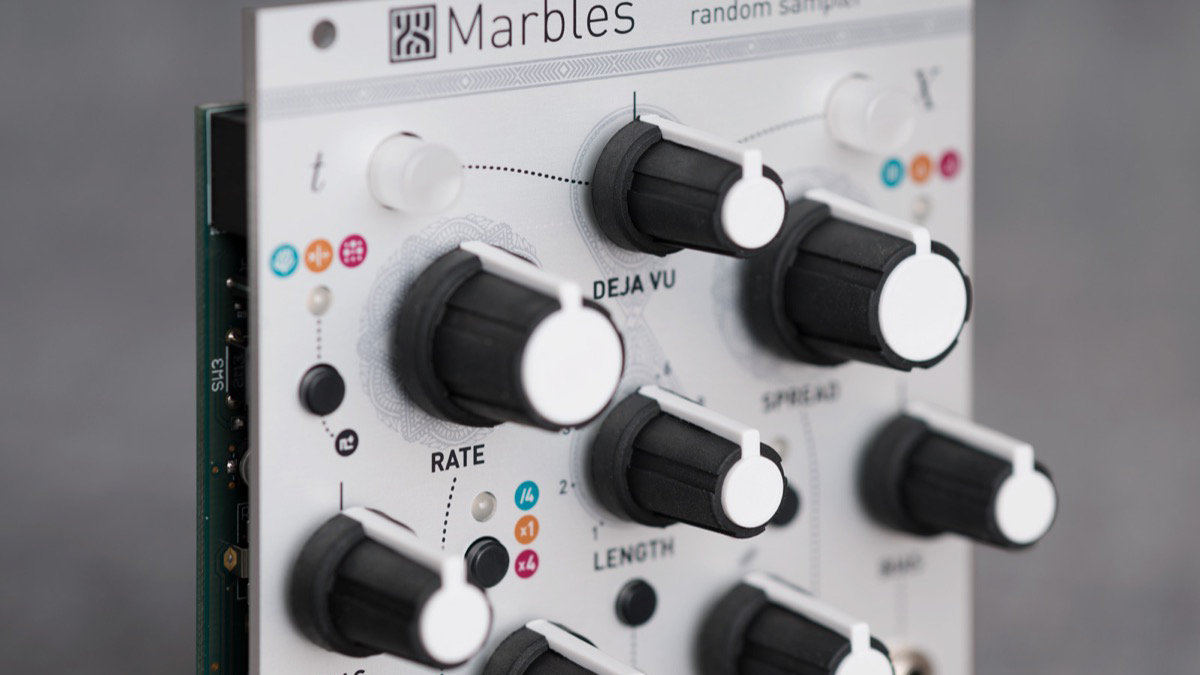
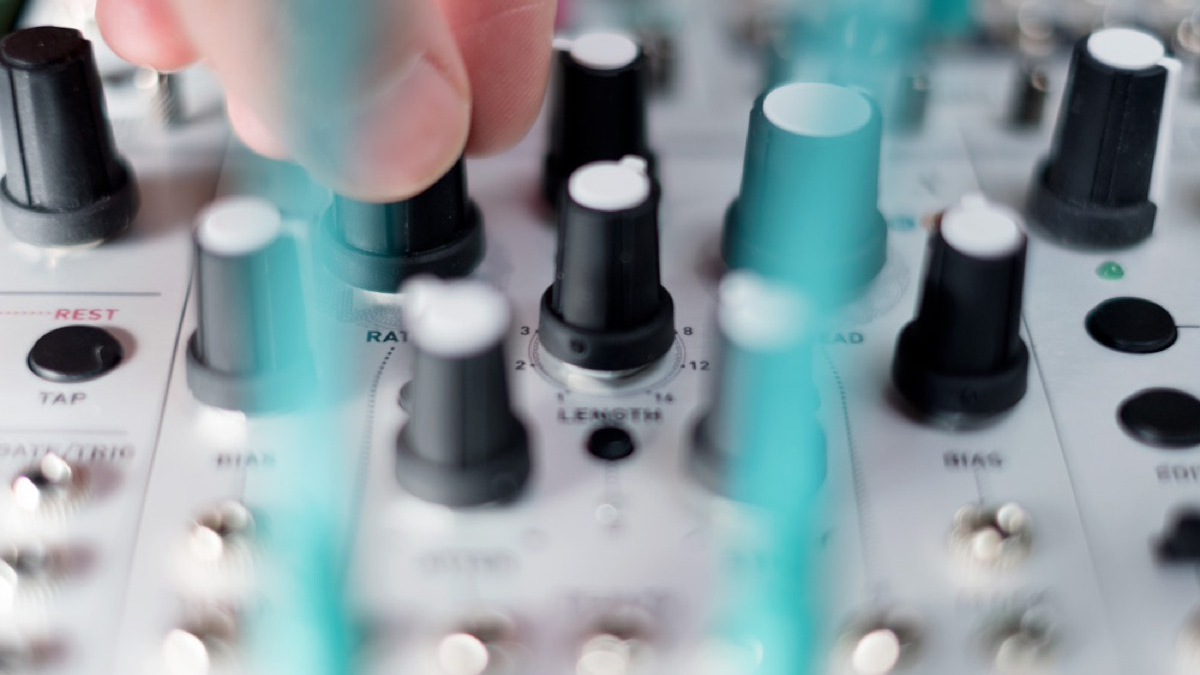
Specifications
Reasons to buy
Reasons to avoid
Marbles combines the concept of the Turing Machine and MI's own Grids and Branches to provide a plethora of random outputs which can be locked into repeating patterns, with a master tempo that can be varied from rigid metronome to wild off kilter rhythm. One side of the module focuses on gates, the other side on smooth or stepped voltages which can be free or quantised in a variety of ways. The centre output provides a constantly fluctuating random voltage which is perfect for patching back into the module. While Marbles can fulfil all the standard random voltage needs it really excels as a source of musical and rhythmic inspiration.
Read the full Mutable Instruments Marbles review
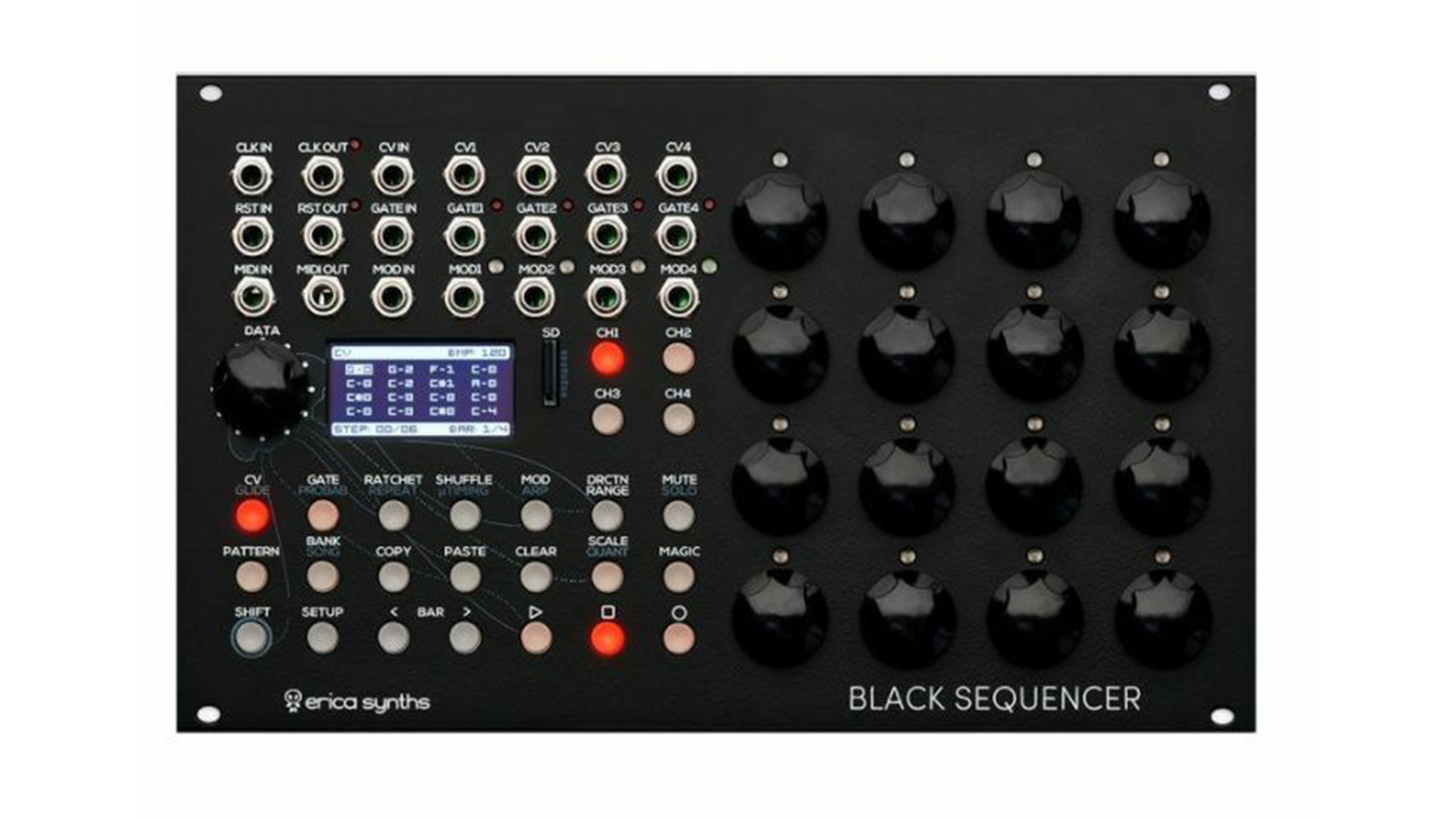
11. Erica Synths Black Sequencer
Our expert review:
Specifications
Reasons to buy
Reasons to avoid
Part of Erica Synths’ Black range, this is a classic four-channel sequencer with a wonderfully intuitive interface and a few creative tricks up its sleeve. There are plenty of chunky rotaries for quickly dialling in patterns, along with the ability to chain multiple 64-step sequences in order to sequence full length performances. While the Black Sequencer is a classic analogue sequencer at heart, it also packs in plenty of creative tools, such as per-step probability, repeats and ratcheting. It’s also capable of microtonal inputs, as well as creating entirely randomised sequences.
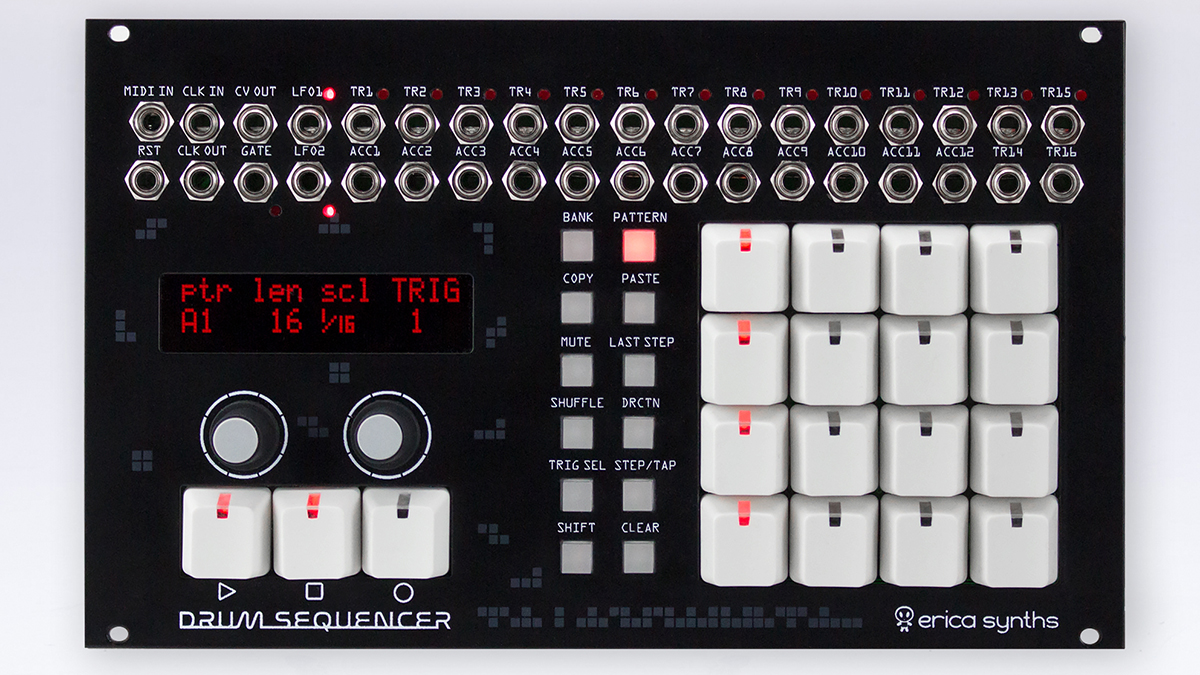
12. Erica Synths Drum Sequencer
Our expert review:
Specifications
Reasons to buy
Reasons to avoid
Erica Synths Drum Sequencer claims to be the final solution for your rhythm sequencing needs. Aimed squarely at the house and techno producer with a classic 909-style button interface. At 42HP it's a very big module, it's plain to see Erica Synths has opted for playability over portability here. But it offers a lot of features: with 16 outputs and 14 accents for drums. A separate CV and Gate for a Bass Synth, Swing, Probability, Mute/Solo and Pattern linking, it covers all the bases of a modern drum sequencer with style.
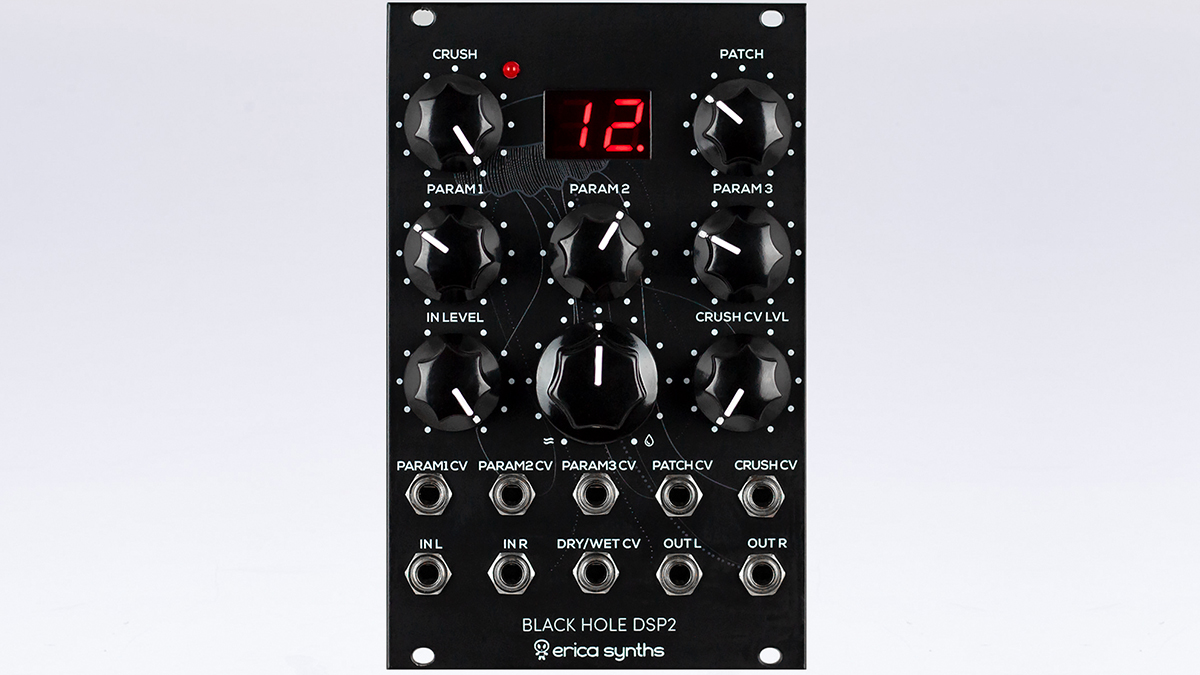
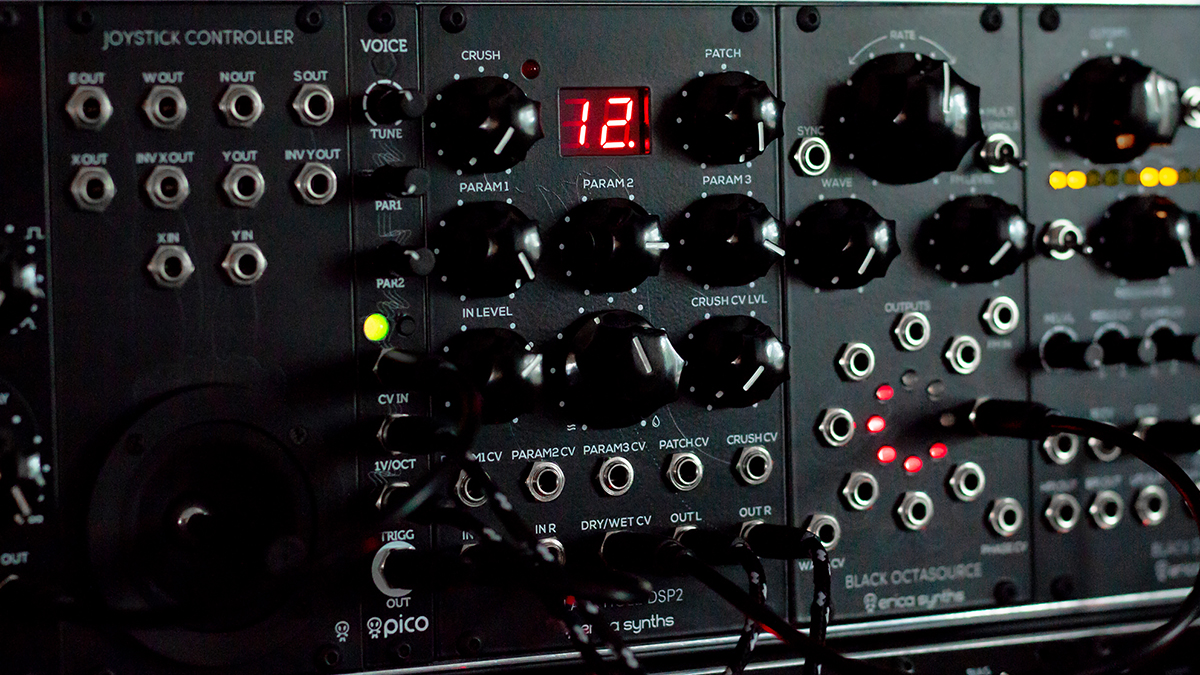
13. Erica Synths Blackhole 2 DSP
Our expert review:
Specifications
Reasons to buy
Reasons to avoid
The Blackhole 2 DSP is an updated version of Erica Synths superb stereo multi FX module, based on the same Spin FV1 chip as Tiptop's Z-DSP. The 24 custom effects (8 more than the original are mostly Reverbs and Delays with Chorus/Flanger/Phaser and a few others thrown in. The sound is full of character and probably best described as having a 90's vibe. To dial in even more grittiness the Crush control directly reduces the bit-rate of the processor chip. All settings can now be saved with each patch for ease of switching in a live situation.
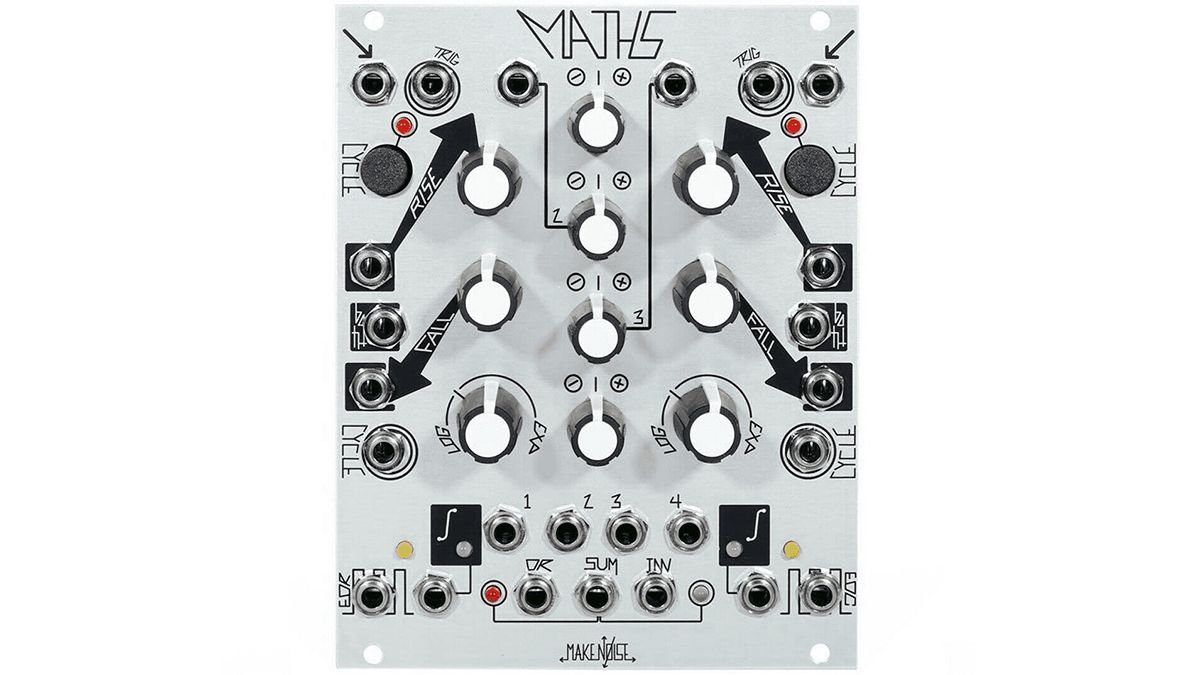
14. Make Noise Maths
Our expert review:
Specifications
Reasons to buy
Reasons to avoid
Maths from Make Noise is often described as a Swiss Army knife for Eurorack. At its most basic it's a pair of very snappy AD voltage controlled envelopes or a pair of LFOs that'll run as slow as 26 minutes a cycle! But Maths is called a function generator for a reason, the number of different roles it can fill is huge, and as a gateway to grasping the depth of modular synthesis it can't be beaten. Get one, and learn how to really use it.
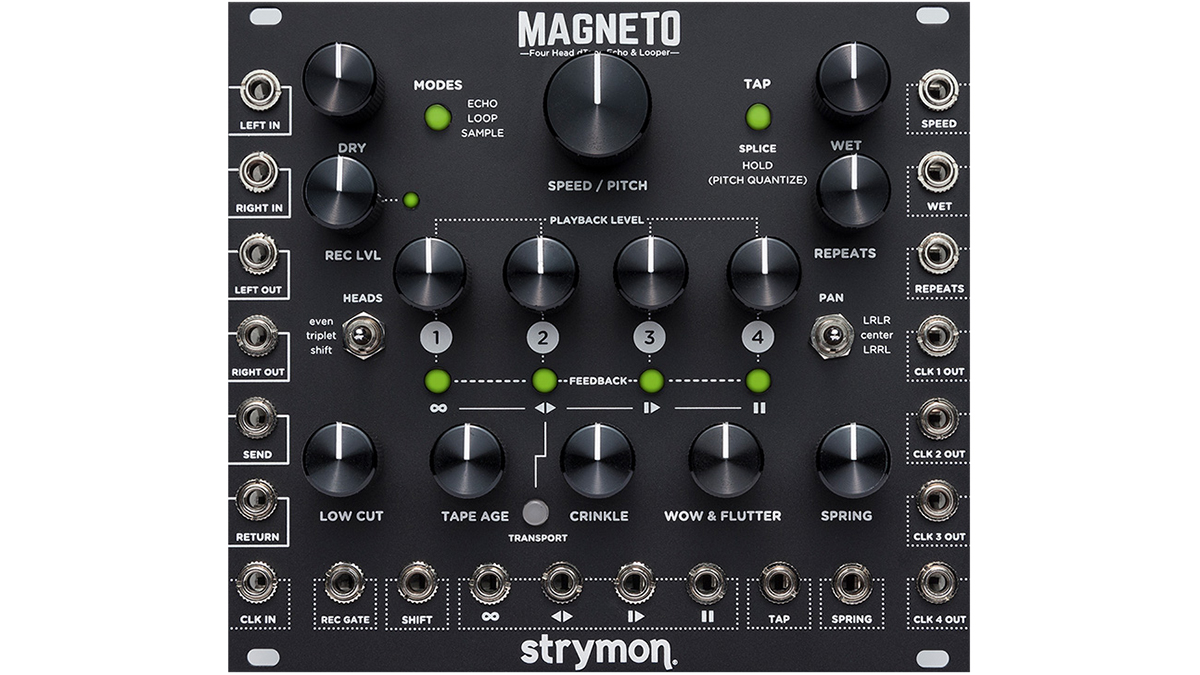
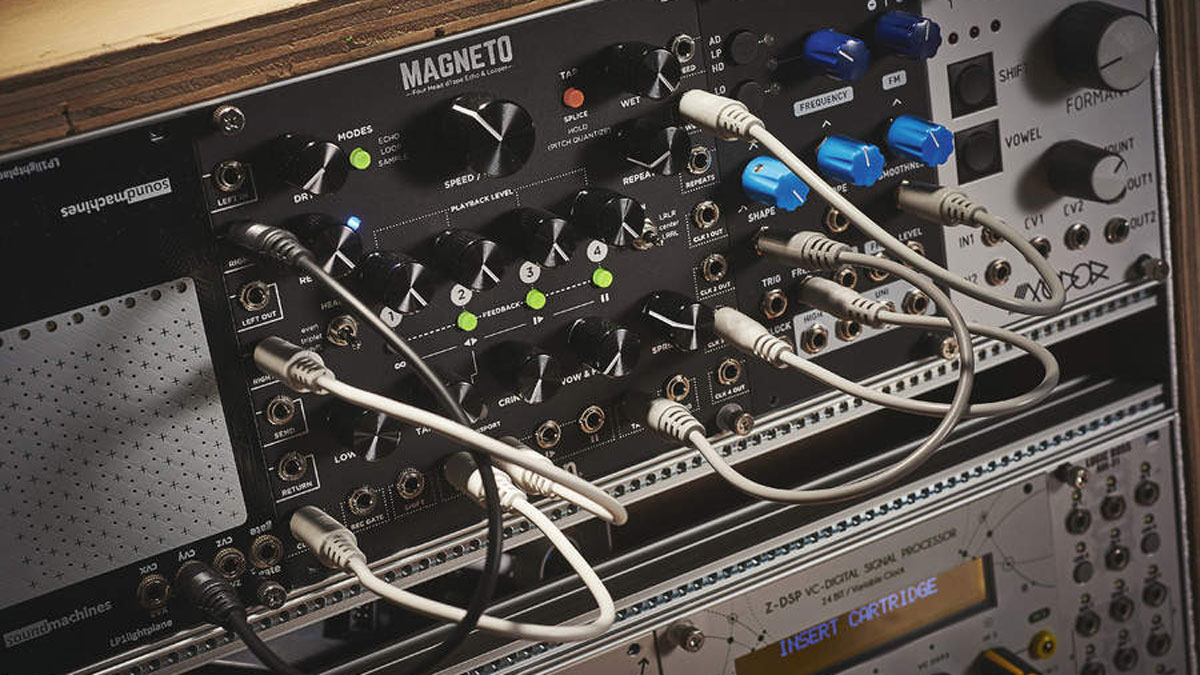
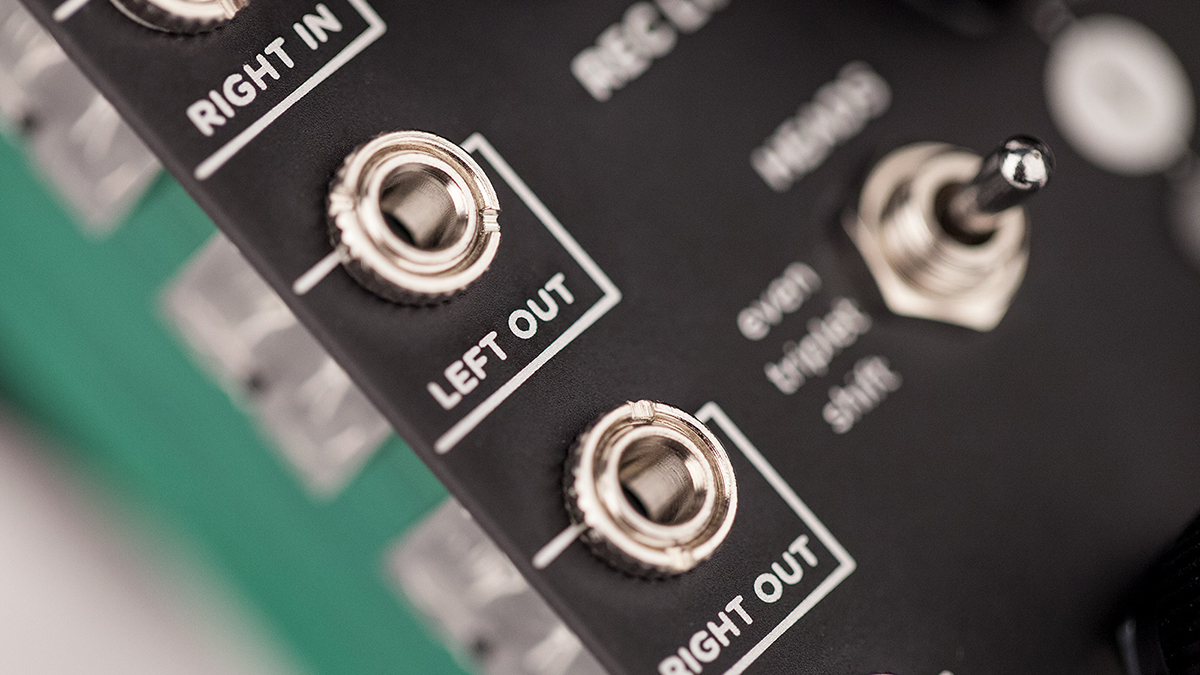
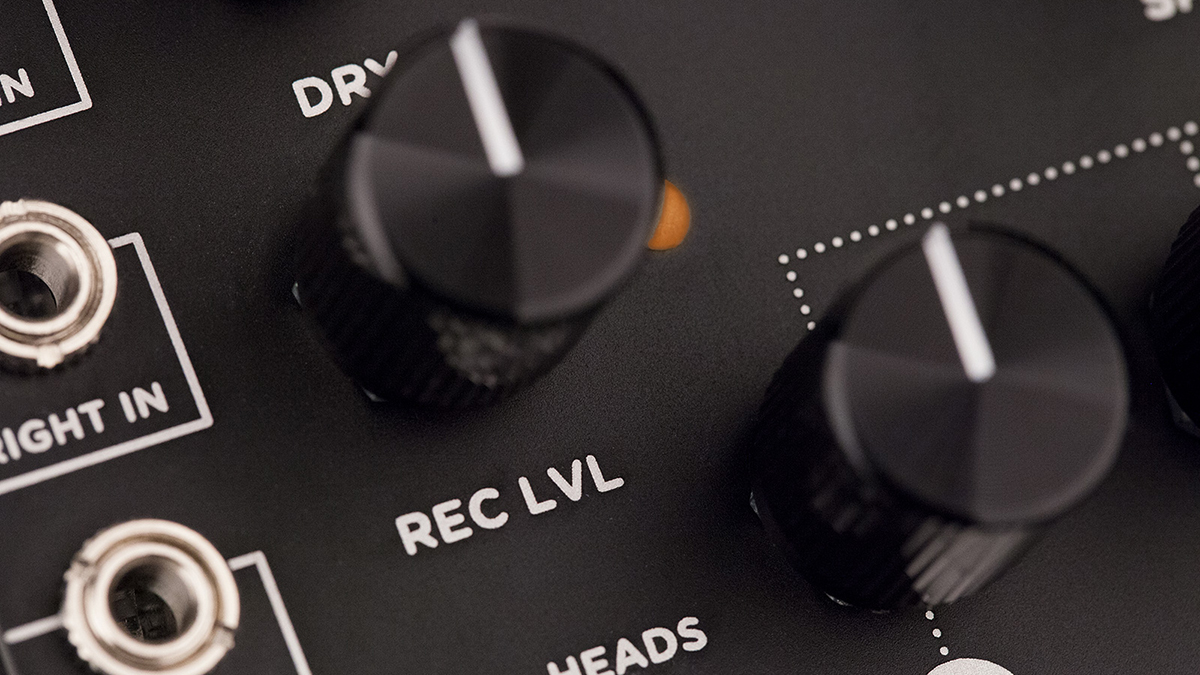

Specifications
Reasons to buy
Reasons to avoid
Strymon's first Eurorack module Magneto is a superb four head stereo tape delay emulation. A well designed interface makes it great fun to play, while a host of CV inputs offer plenty depth and scope for experimentation. Delays can range from crisp and clear to warm over-driven and warbly. The fantastic built in spring reverb emulation adds space and the pitch-shifted delay option means you can also use the module as a chord or sub bass generator. If you drive the feedback into self oscillation you can even use the Magneto as a wild oscillator.
Read the full Strymon Magneto review
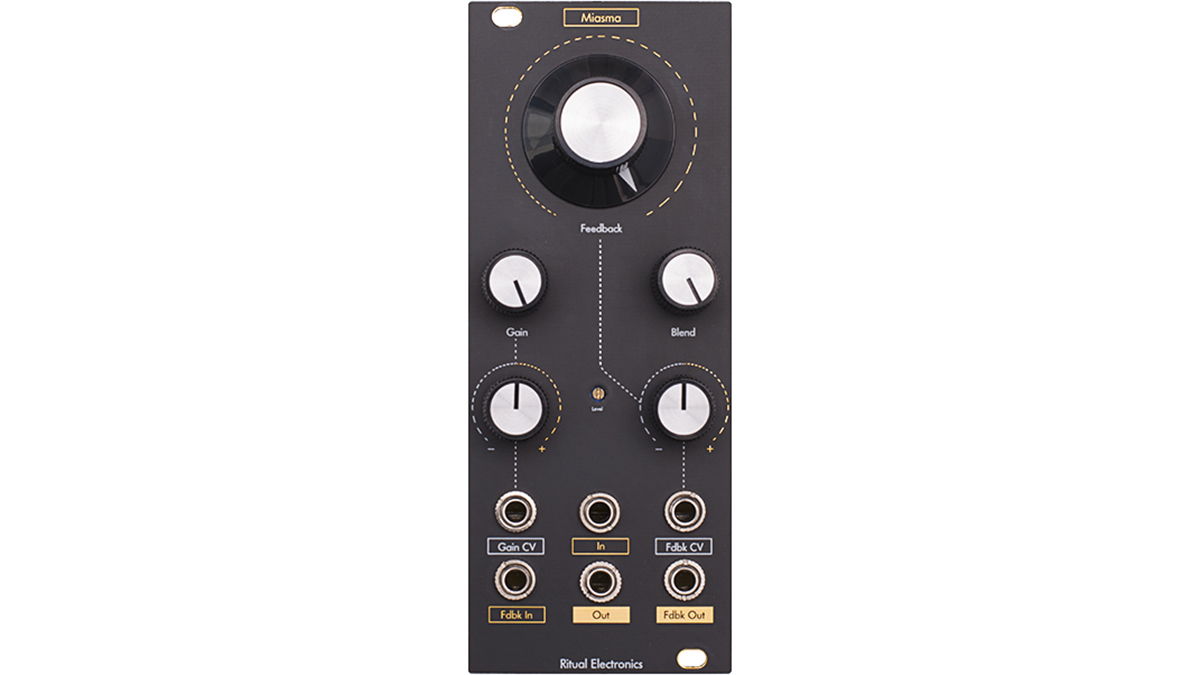
16. Ritual Electronics Miasma
Our expert review:
Specifications
Reasons to buy
Reasons to avoid
Ritual Electronics first module Miasma is a voltage controlled Distortion. The large and very wiggle friendly Feedback knob lets you know what this module is all about. With the feedback turned up you can easily push the module into self-oscillation even without an input signal. This feedback path can be opened and the signal fed through other effect modules hugely expanding the sound design possibilities. The tone of Miasma is also modifiable at the hardware level. The two rectification diodes (one for each polarity of the signal) are accessible at the back of the module and it comes with a variety of extras so you can swap them around to vary the tone from warm fuzz to Industrial distortion. An expander will be available shortly so you can change diodes with a switch.
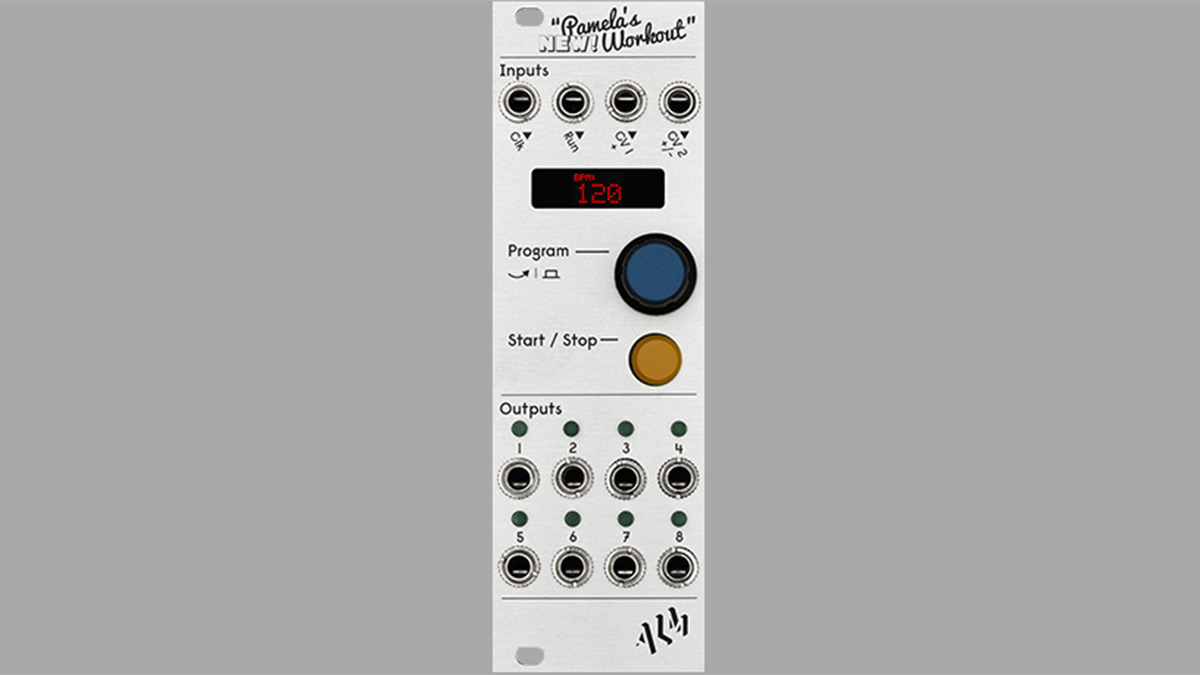
17. ALM Busy Circuits Pamela's New Workout
Our expert review:
Specifications
Reasons to buy
Reasons to avoid
The new version of Pam's Workout from ALM takes the concept of Clock modulation and expands it in all kinds of sync-able loop-able directions. It's core clock is rock solid and it'll connect to all your different studio gear so it's perfect as a master clock. Each of it's 8 outputs can be humanised, phase shifted, delayed and swung. Euclidean or probability based step skipping can be used for rhythm creation. The wave output can also be altered to give you a whole host of synced LFOs. Pam's New Workout offers a huge array of modulation possibility in a small package. It's power is enough to justify it a place here as the only module in the list with a screen and menu system.
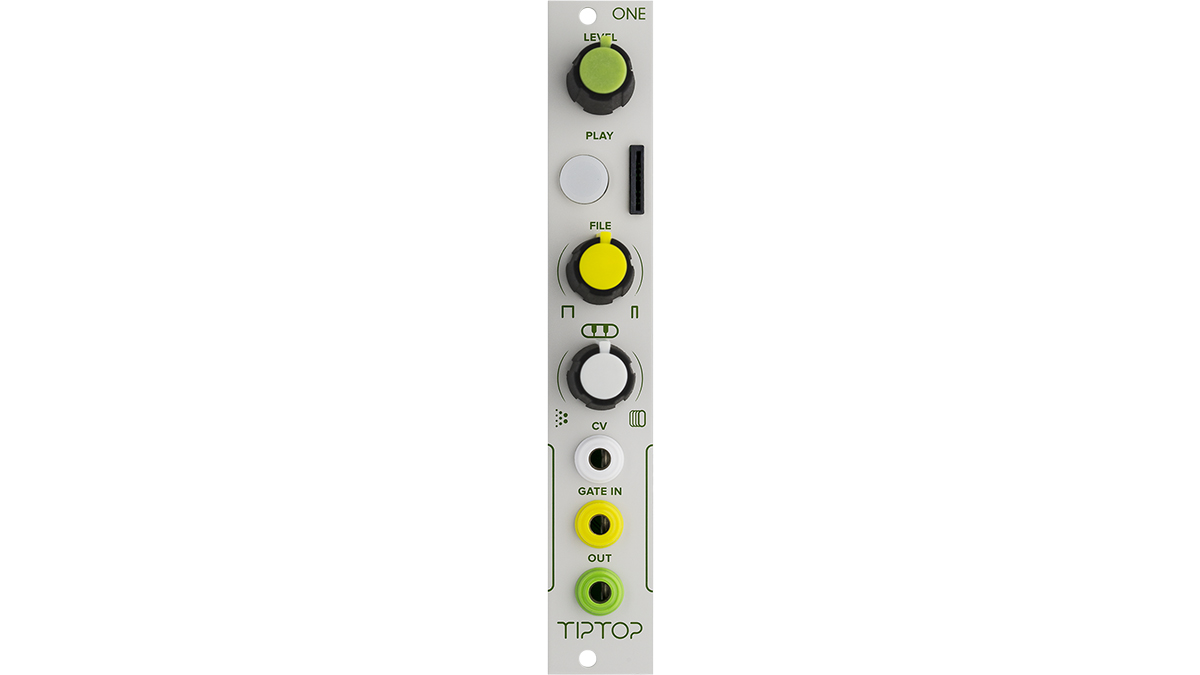
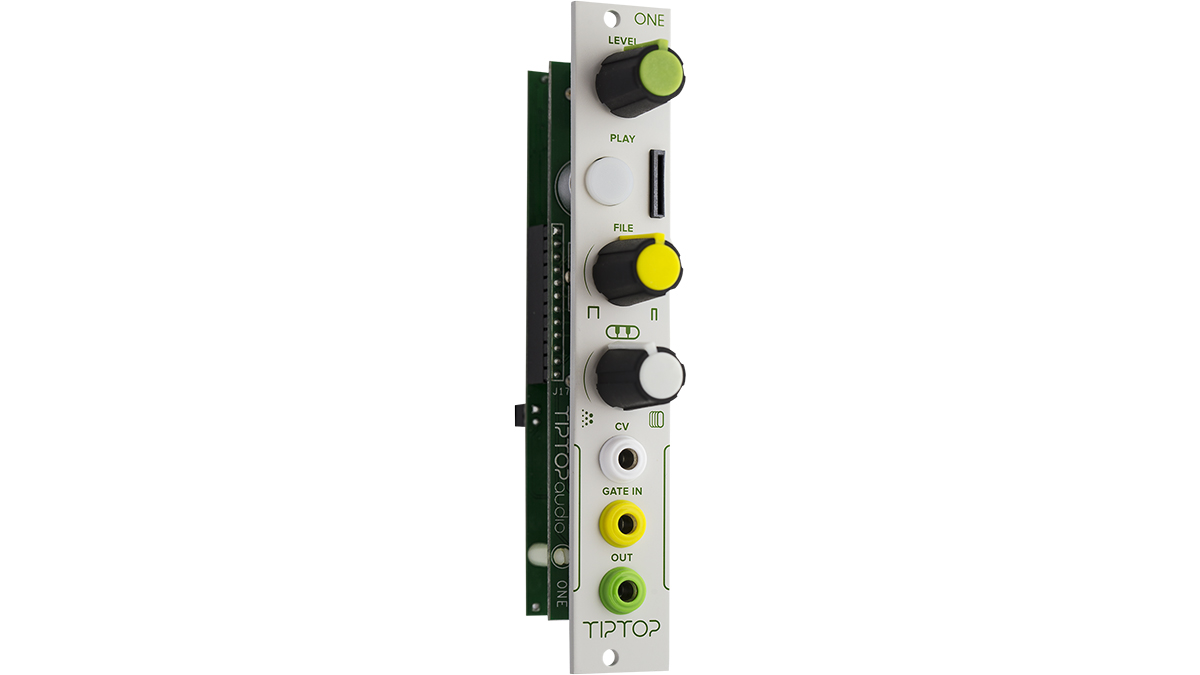
18. Tiptop Audio One
Our expert review:
Specifications
Reasons to buy
Reasons to avoid
The One from Tiptop Audio offers extremely low latency sample playback from a micro SD card, making it ideal for drum and percussion samples. For pitch based material it features a built in quantizer option with a range of scales. The CV input can also be used to switch between different samples on the fly to broaden your sound palette. Unfortunately this will increase the latency so it's not really suitable for drum samples. The module is also DC coupled so you can also use it to output control voltage: playing back samples of LFOs, envelopes or random voltages. The One comes with 60 sounds included, with other sample cards available from Tiptop, or you can make your own of course.
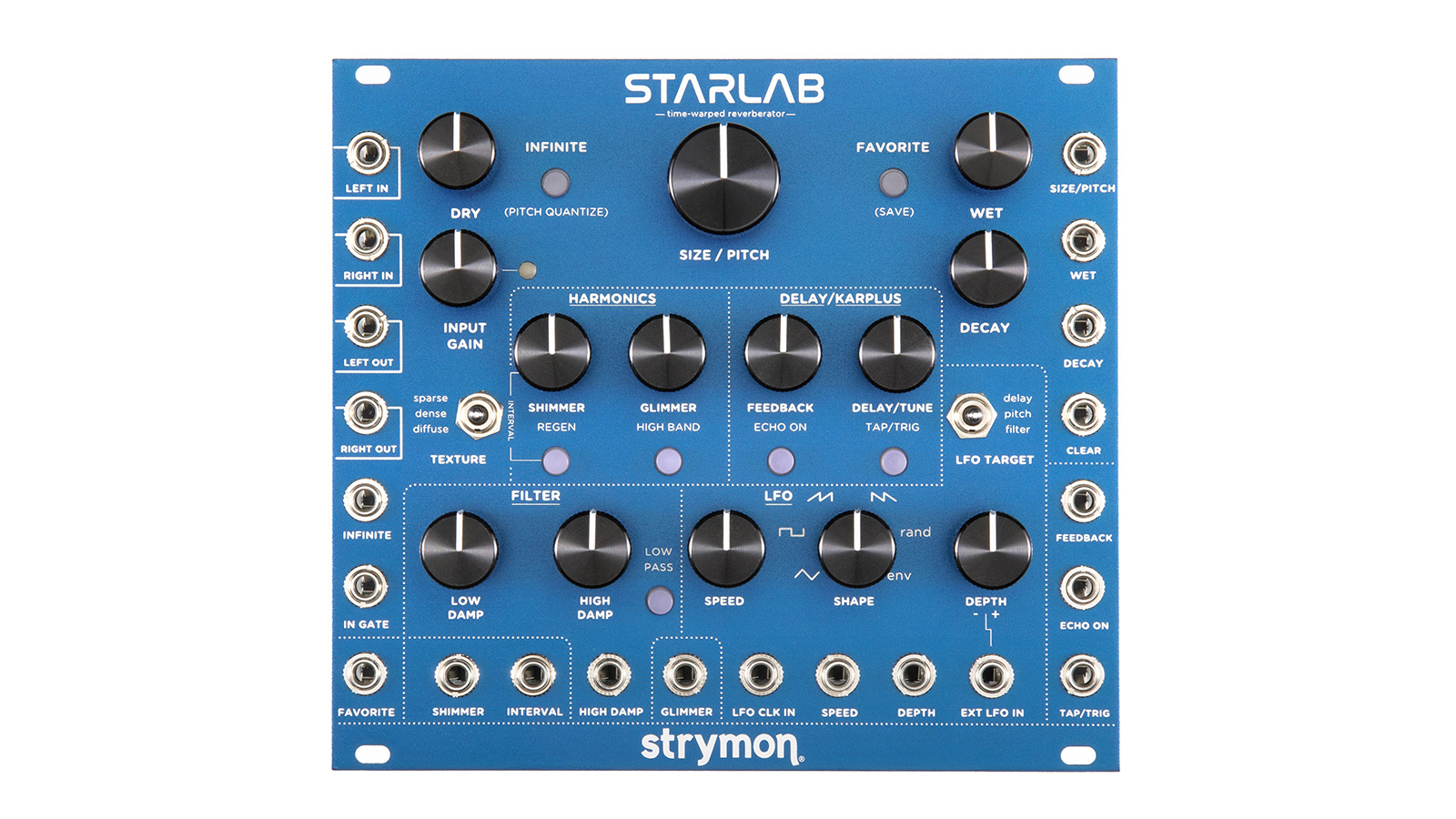
19. Strymon Starlab
Our expert review:
Specifications
Reasons to buy
Reasons to avoid
Strymon’s reverb and delay pedals have long been beloved by guitarists and synthesists alike. As with the brand’s debut module Magneto, Starlab takes some excellent digital algorithms, like those found in Stymon’s pedals, and places them into a CV-equipped package for modular users. In this case, the main effect offered is reverb, which can run from small and natural through to long ethereal textures and otherworldly shimmer effects. Starlab can do more than just ‘verbs though, with classic modulation effects and even string-style Karplus Strong synthesis all on offer. With a price around the $/£650 mark, this isn’t a cheap module, but the level of functionality - and quality - justifies the price.
Best Eurorack modules: Buying advice
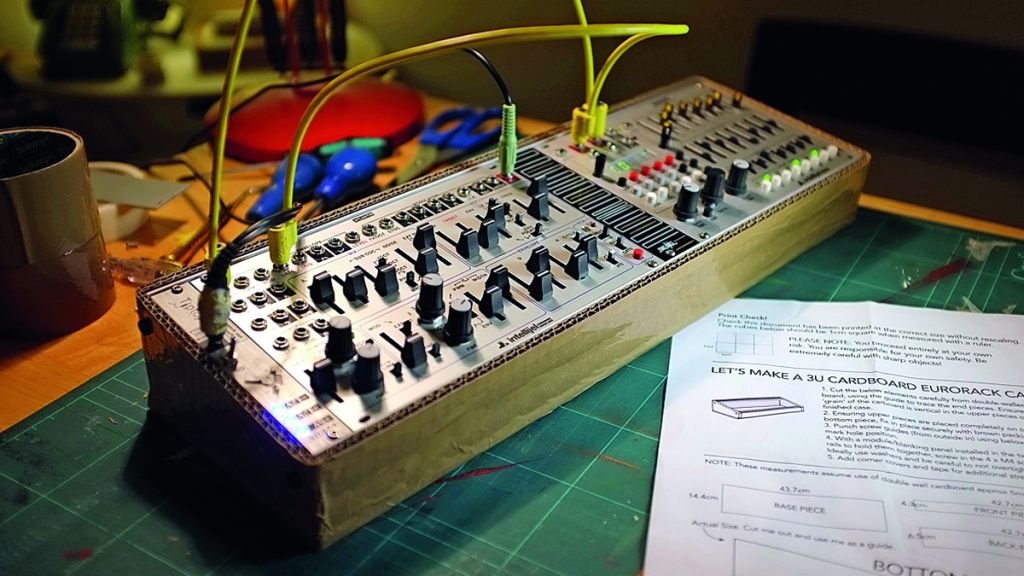
For newcomers, the modular realm can seem full of oddball terminology and requirements, all of which can be off-putting. Before diving in, let’s explore a few of the basic principles of hardware modular synthesis.
Why Eurorack?
MusicRadar's got your back
In this guide we’re focusing on the Eurorack format, but this is neither the first or only format of synth module to hit the market. Synth modules come in all shapes and sizes and not all are compatible with one another in terms of the cases they fit and power used. Eurorack is the closest thing we have to a unifying standard though, and over the past few decades since it was first introduced - by Doepfer in 1996 - it’s rapidly expanded in popularity. In modern terms, Eurorack is the most accessible, broadly available and compatible form of modular synthesis, so it’s the most sensible place to start.
Cases
Modules can’t be used alone and need to be housed in ‘something’. There’s no end of Eurorack cases available these days, from simple desktop ‘skiff’ cases to those from the likes of Arturia or Moog that are designed to expand those brands’ existing synths. You can even take the DIY route and build your own.
When considering what case you need, the most important consideration is size, expressed in U for height and HP for width. Physically, the height of Eurorack modules is equivalent to 3U of studio rack height, with module widths measured in horizontal pitch units (HP). Most functionally useful modules (non-blank panels) require at least 2HP of space, and cases come in a plethora of widths.
Be aware too, that some desktop cases might lack the depth needed to house and power larger modules, so be sure to take this into account.
Power
Eurorack uses a common power supply system based on a dual rail (+12V/-12V/GND) design, with modules connecting to it via a ribbon cable. However, these come in both 10 or 16-pin variants, with the 16-pin version capable of sharing a CV and gate bus, as well as delivering an additional 5V DC supply. Some modules specifically need this 5V line, so ensure that your case/PSU can deliver this via 16-pin sockets.
Power supplies may come built into the case, with rigid enclosure- mounted sockets, or as a loose ribbon cable connected to an external power supply, although in both cases you will need to ensure that the total current requirements of all modules can be met.
How to plan your Eurorack system
If you’re new to the modular world, it’s difficult to know where to begin. The best tactic is to establish what you’d like your system to specialise in and start with the bare minimum modules needed to achieve it. Not only is this the most cost-effective approach, but it will also encourage you to really experiment with that core group of modules before moving on. Once you’ve established the limits of that basic setup, you can work out precisely where you need to expand and what tools will help you do so.
Start by asking yourself what you have in mind. Do you want to create sound or simply process it (or both?). If you’re building a synth, what kinds of sonic textures do you want? Analogue sounds, complex wavetables, or samples and granular synthesis? Do you want to sequence from within your modular or are you happy to trigger from an existing controller, sequencer or DAW?
A great way to start is to plan your setup virtually first. Modulargrid.net is a widely-used site for experimenting with layouts, allowing you to establish how different modules will fit into a case and work out power consumption.
As for testing the sonic possibilities of a setup, VCV Rack is a free application that will allow you to put together a virtual modular rig using a host of emulated modules (both free and paid-for), and can be a great way to get your head around modular concepts before diving in. Software such as NI’s Reaktor Blocks, Softube Modular or Bitwig Studio’s The Grid are great too.
Find out more about how we test music gear and services at MusicRadar.
Related buyer's guides
- Check out the best cheap synthesizers on sale today
- More gear? Time to peruse the best home studio mixers
- ...not to mention the best studio monitors
Want all the hottest music and gear news, reviews, deals, features and more, direct to your inbox? Sign up here.

I take care of the reviews on MusicRadar and Future Music magazine, though can sometimes be spotted in front of a camera talking little sense in the presence of real musicians. For the past 30 years, I have been unable to decide on which instrument to master, so haven't bothered. Currently, a lover of all things high-gain in the guitar stakes and never one to resist churning out sub-standard funky breaks, the likes of which you'll never hear.